Southern Africa 2012
Africa is all too often talked as one country, one culture, one geography. It is anything but. This three month trip took us through only a small section of the continent: Hitch hiking from Namibia to Malawi - A slice of Southern Africa.
PHOTO GALLERIES
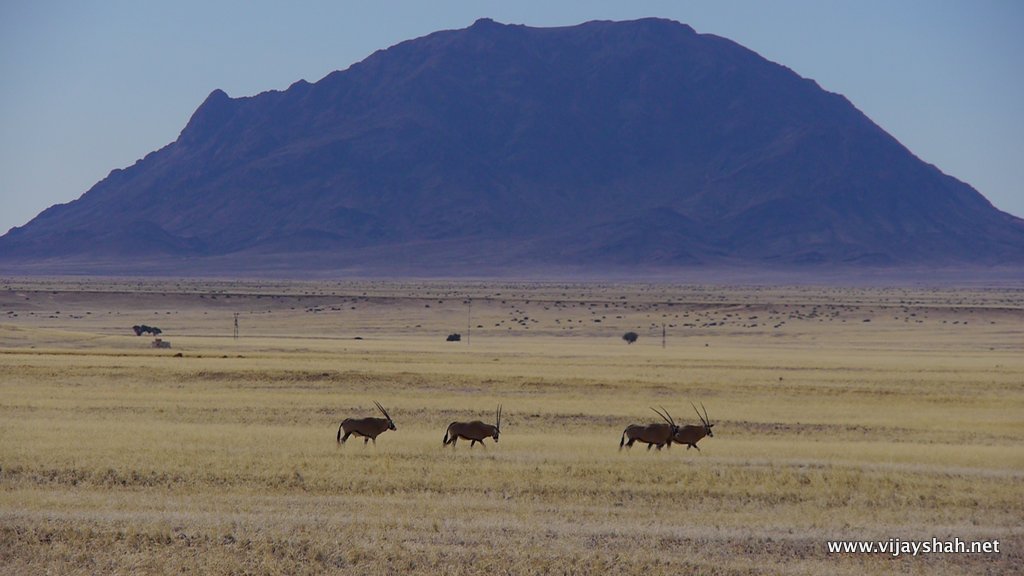
The deserted land.
This unpopulated world is a wild place. There are about 2 million people in a country twice the size of Germany. It is vast, it is wild.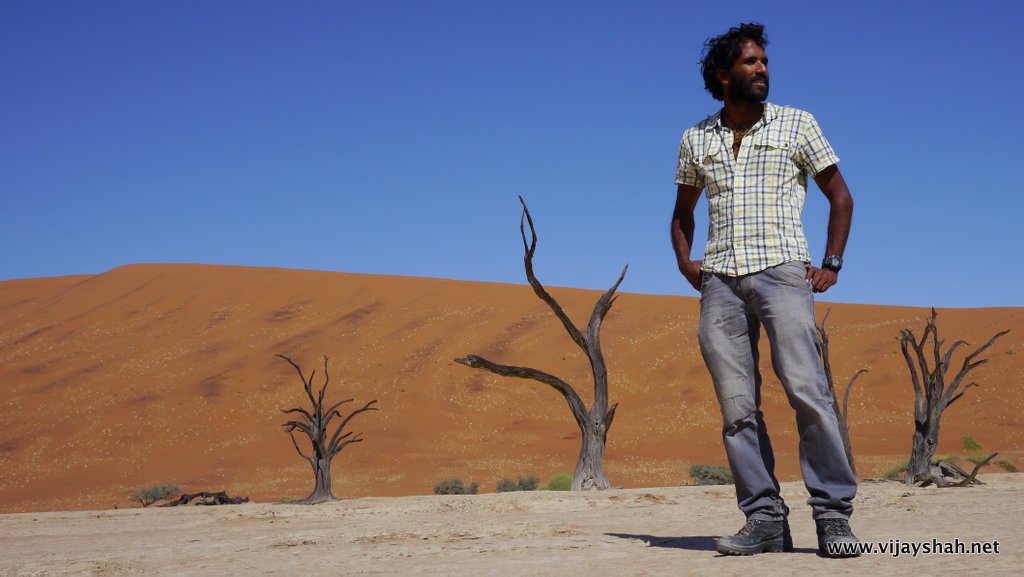
in the middle of the Namibian desert amongst the huge sand dunes sits a series of clay pans.
The trees here are said to have died up to 900 years ago.
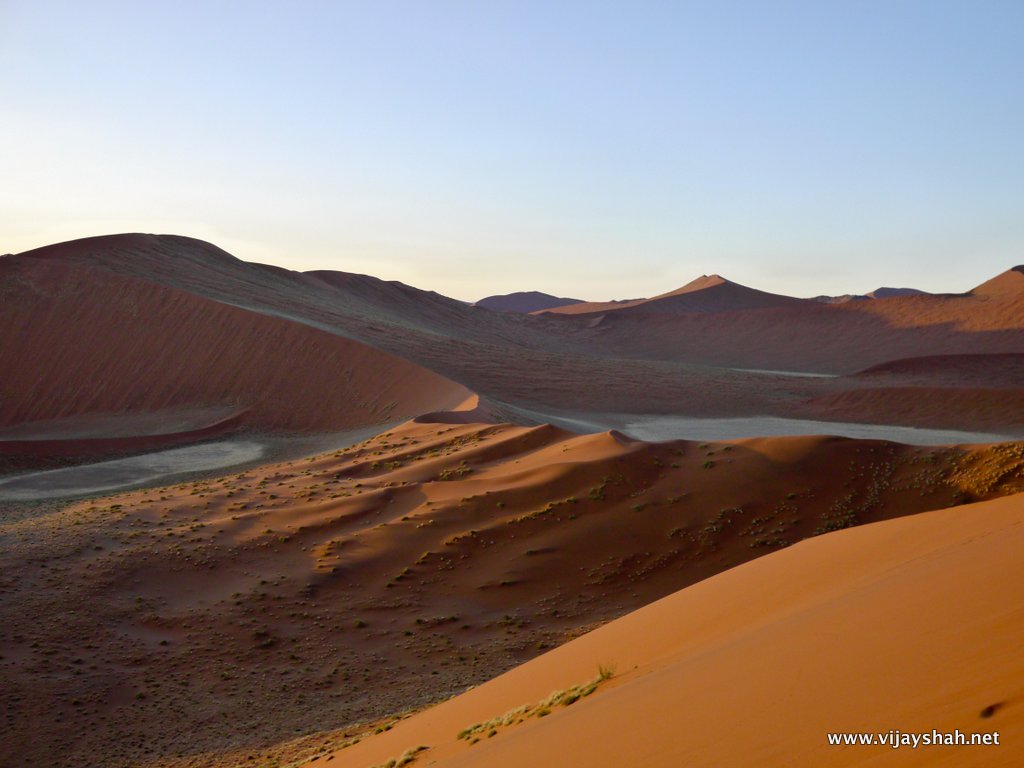

She dances when challenged and escapes predators by cartwheeling the sides of the sand dunes.
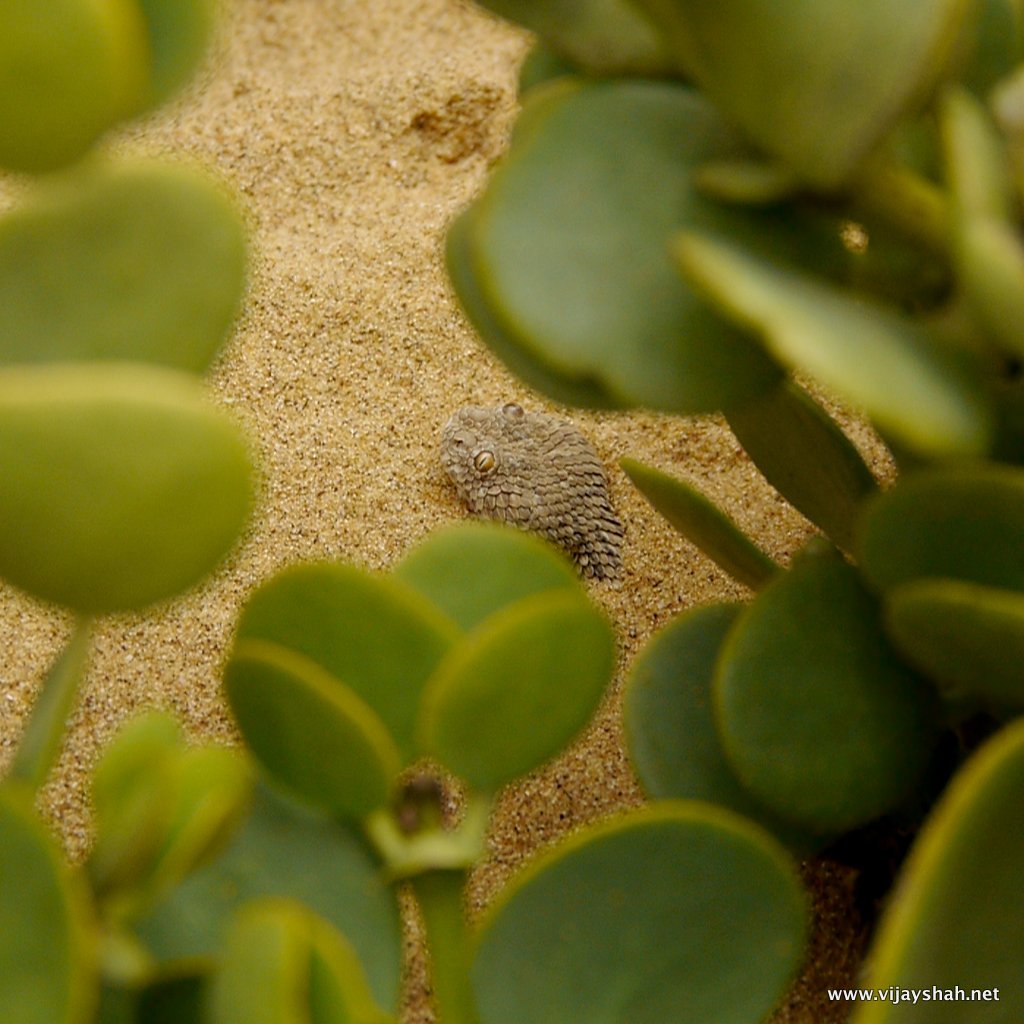
This snake burrows itself in the sand with only his eyes showing. His tail looking like a a caterpillar and a tasty meal for any passing geckos wiggles itself out of the sand nearby and seals the trap.
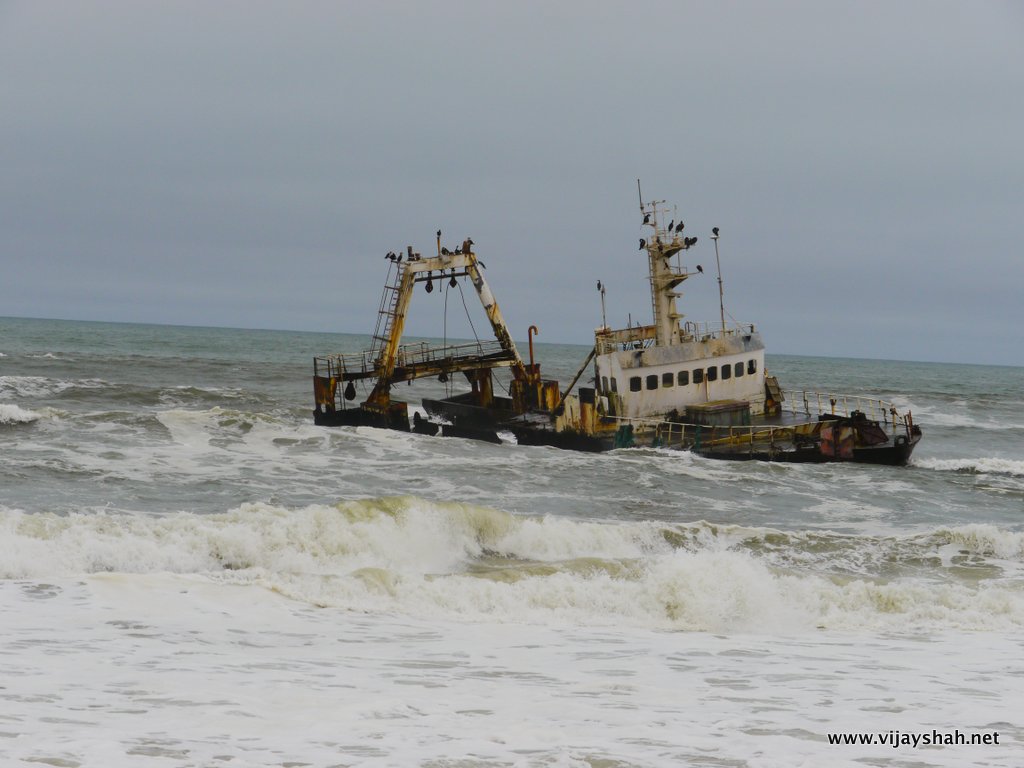
The rough coast of Namibia's Atlantic coast is a graveyard for boats. The shifting sands cause havoc for anyone wanting to navigate the shoreline.
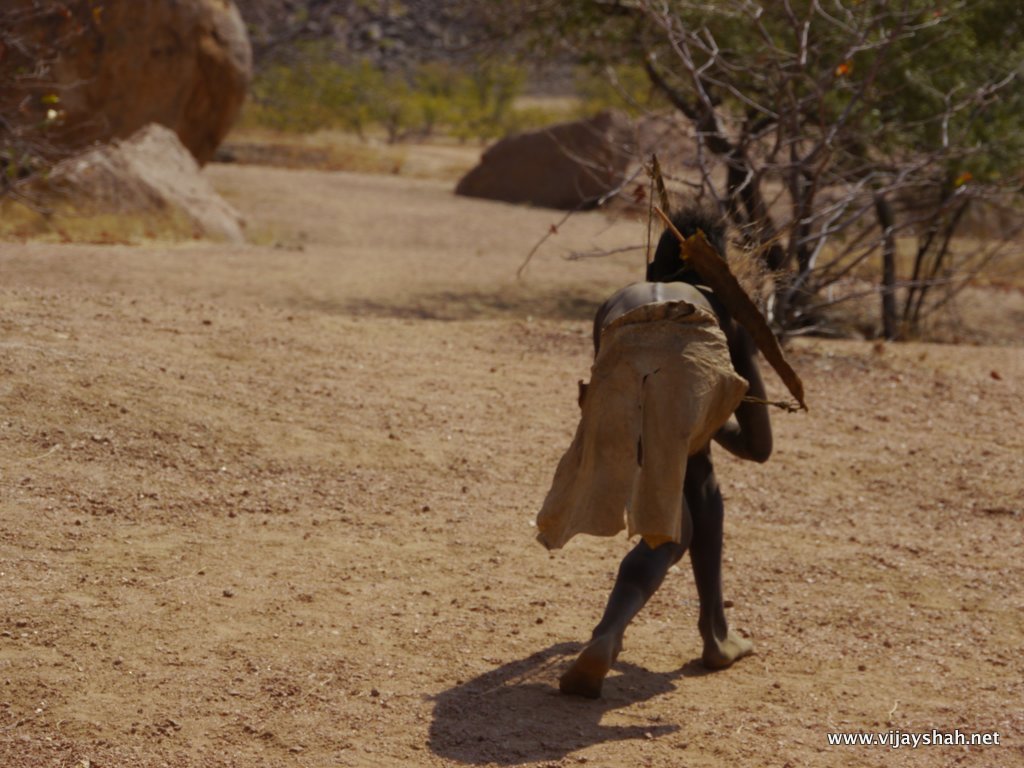
There are few tribes left that live in the traditional manner. This community project teaches visitors how the bushmen used to live and provides much needed employment for the local populations.
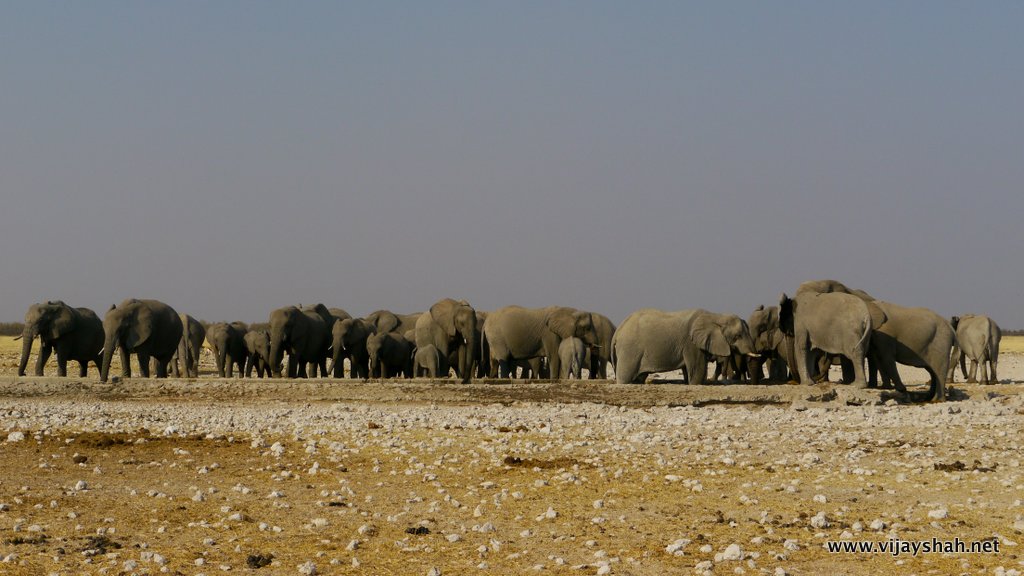
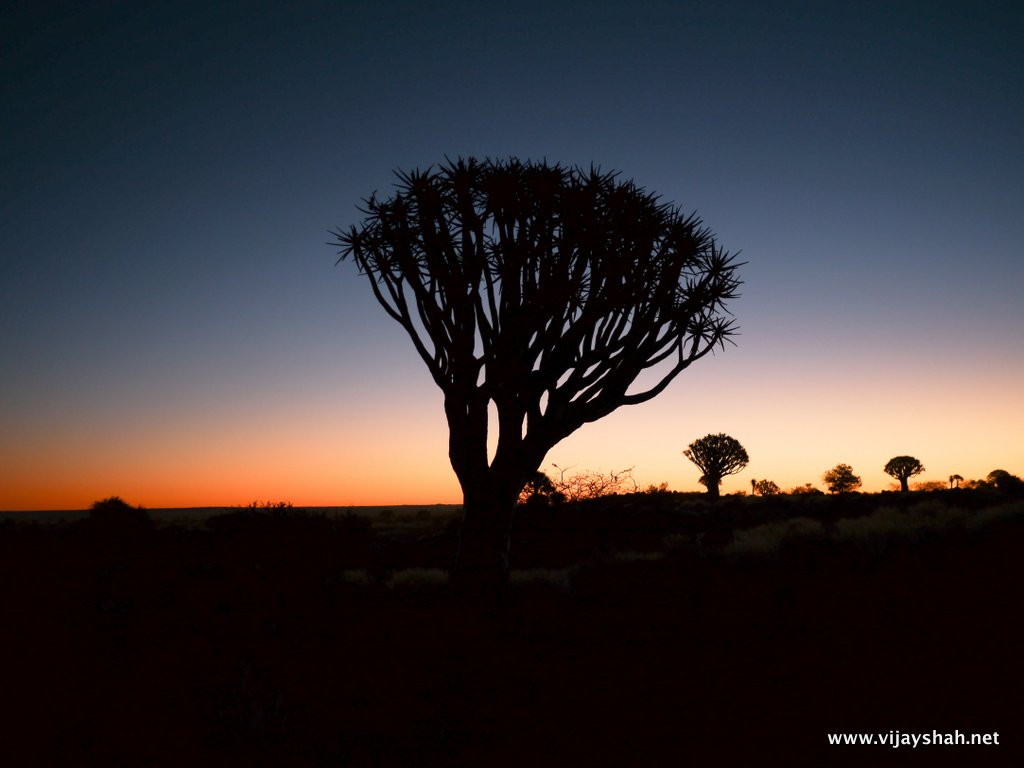
Not actually a tree but actually an Aloe plant these huge plants make fantastic silhouettes.
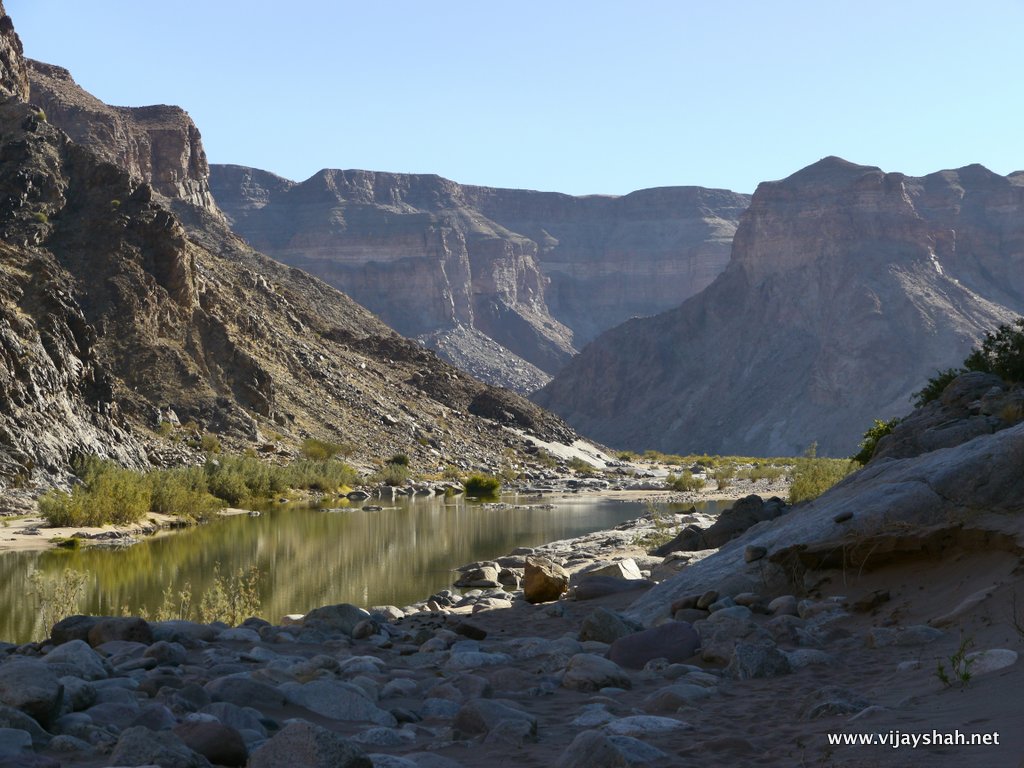
The fish river canyon is the third largest canyon in the world. It stretches 160km long and 500m deep. It also makes a great five day hike.
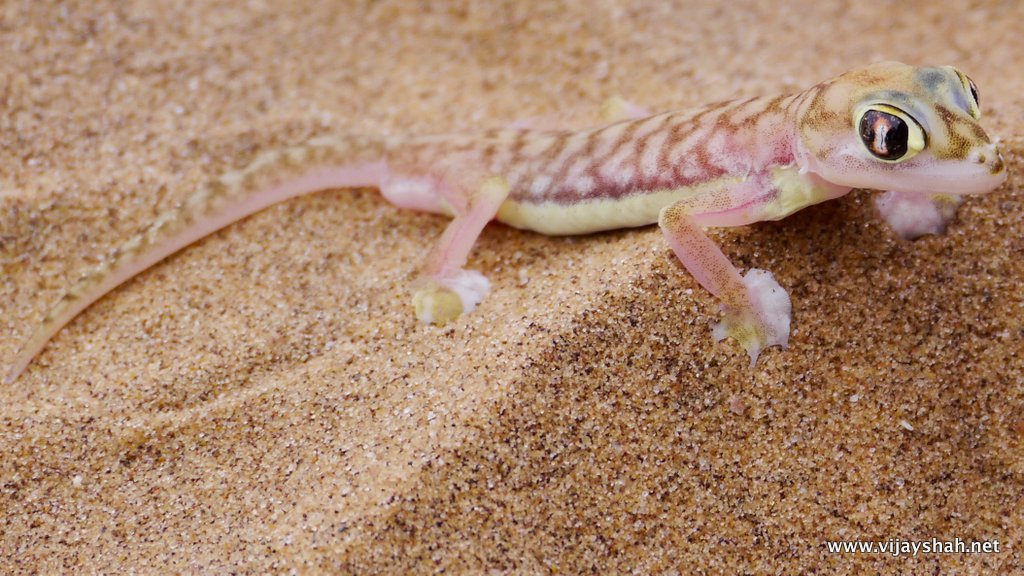

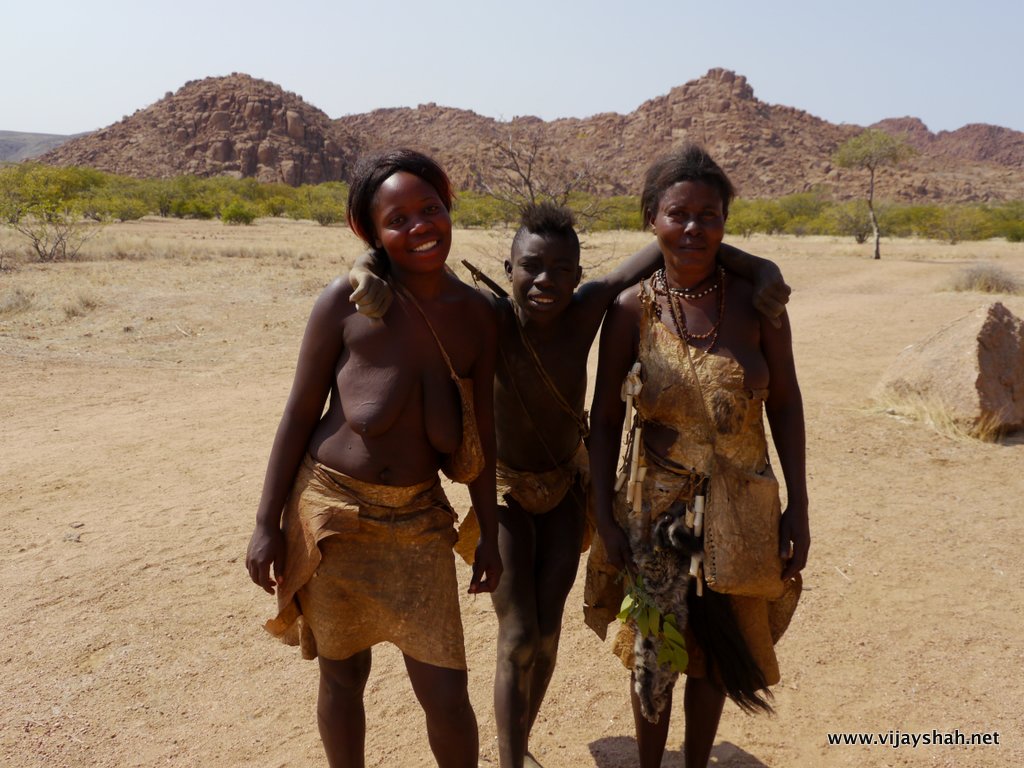
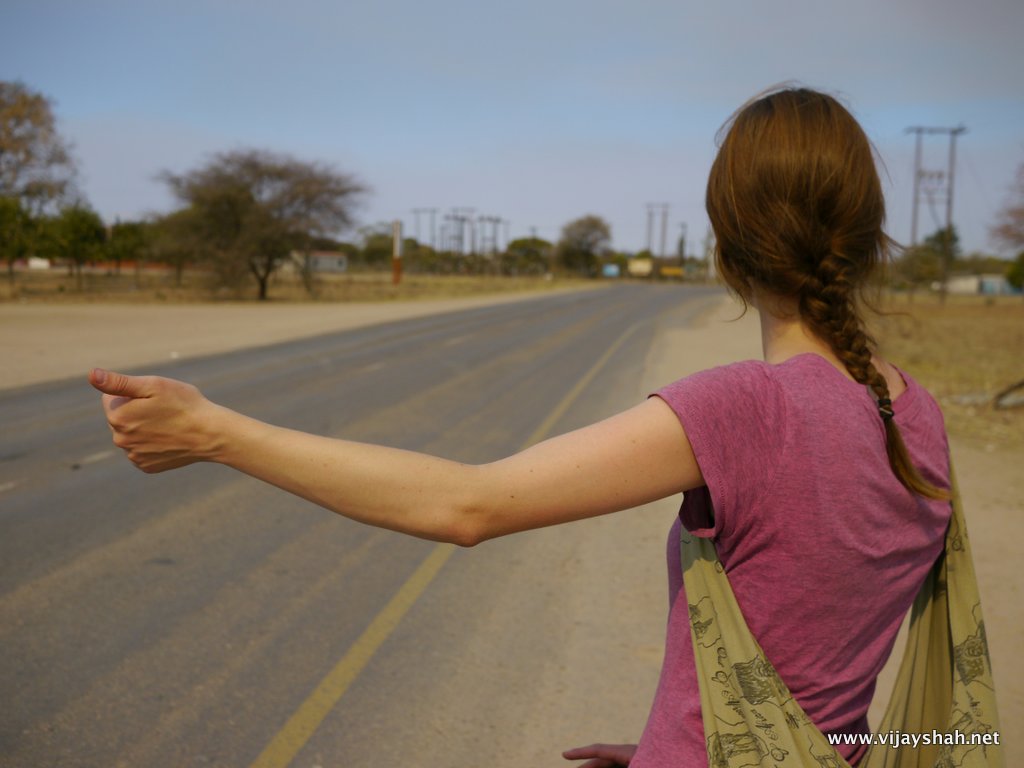
In a country without a developed public transport system sometimes hitch hiking is the only way to get about. In one day we traveled 700km!
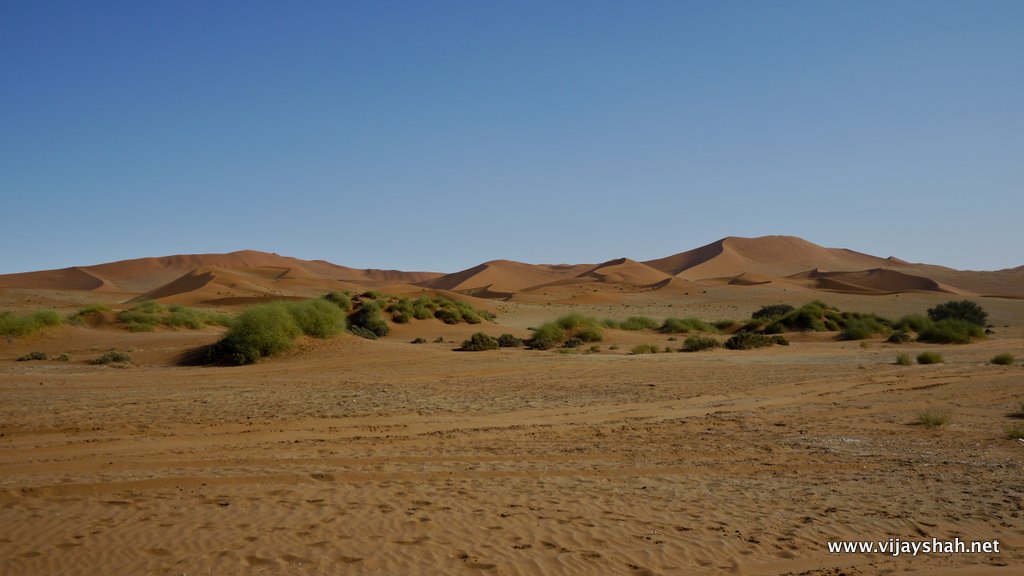
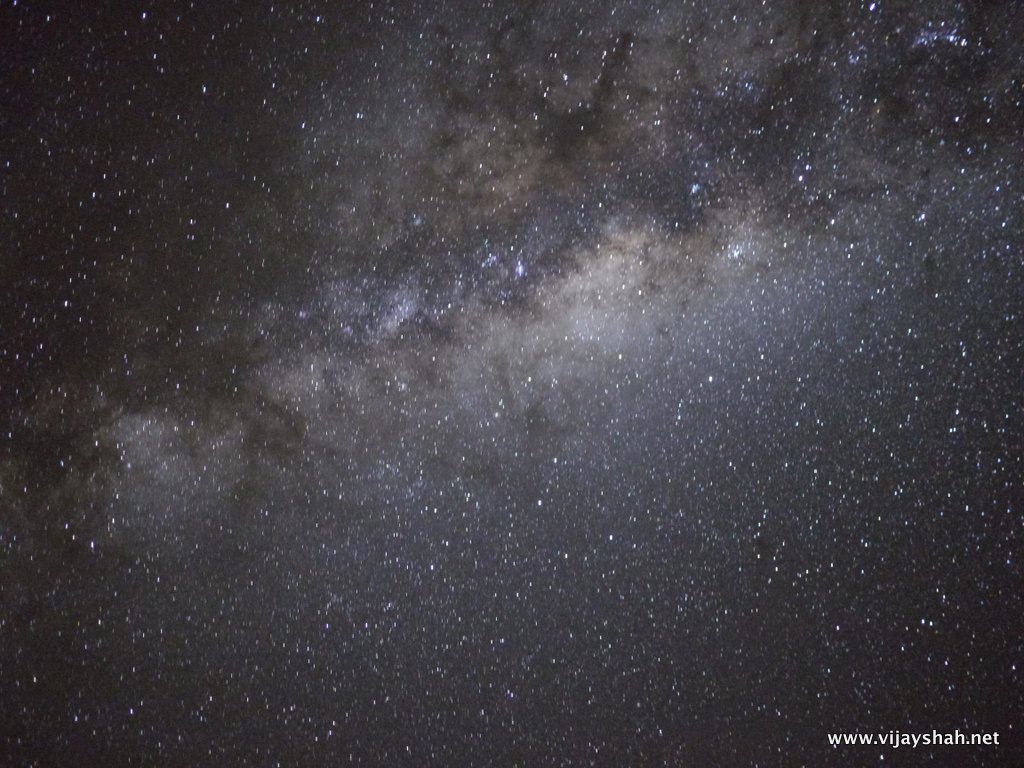
Under the clear desert skies the milkyway is at it's most visible.

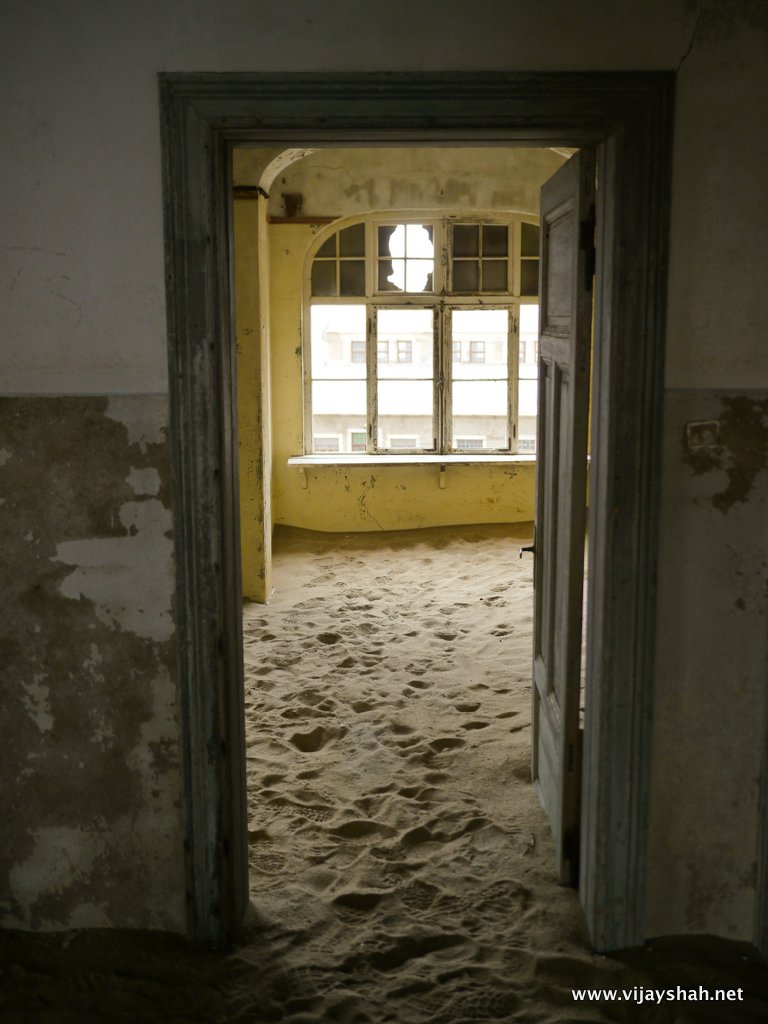
A chilling reminder to how fleeting our time is. The abandoned diamond mining town is being enveloped by the desert that surrounds it.

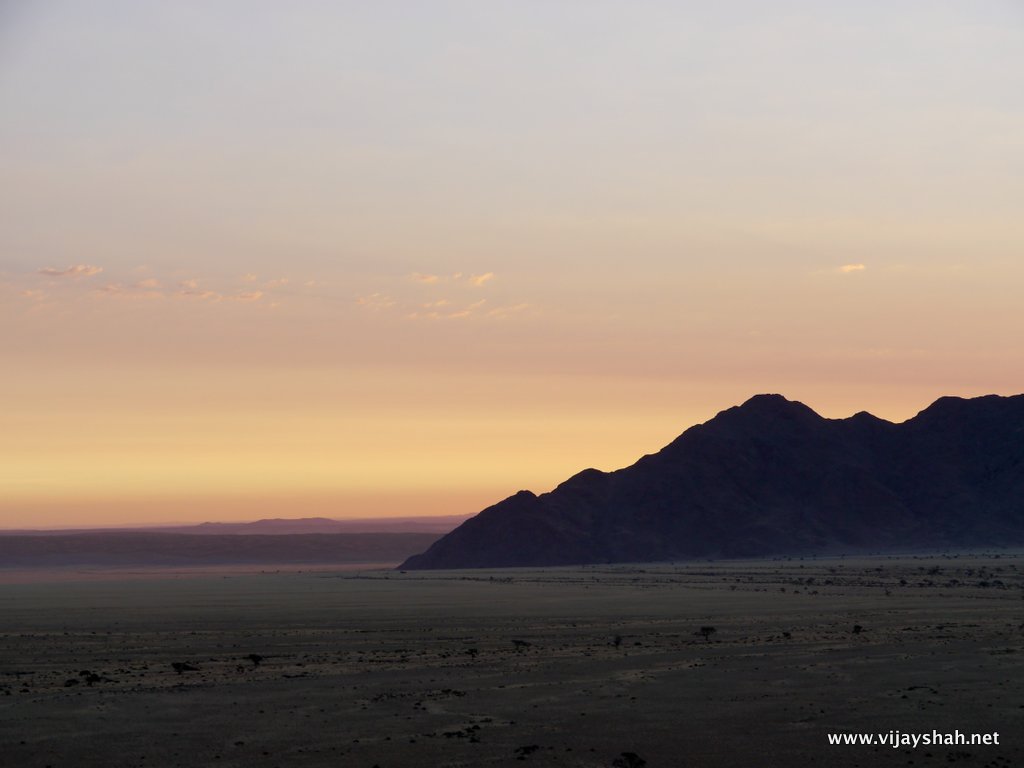
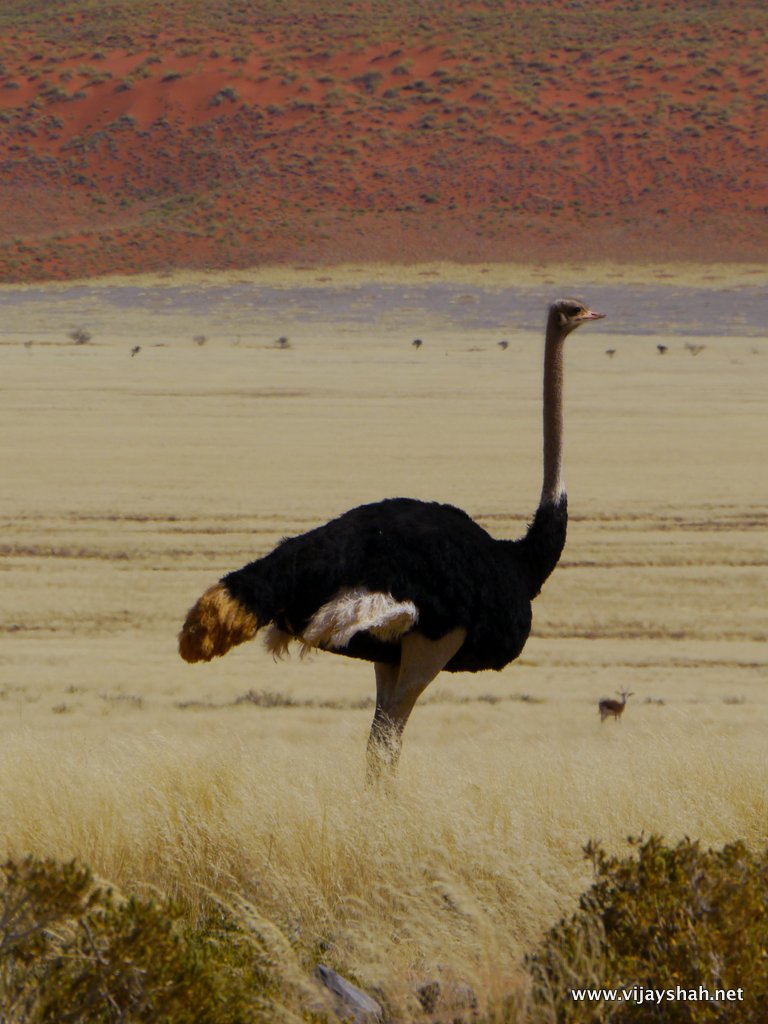
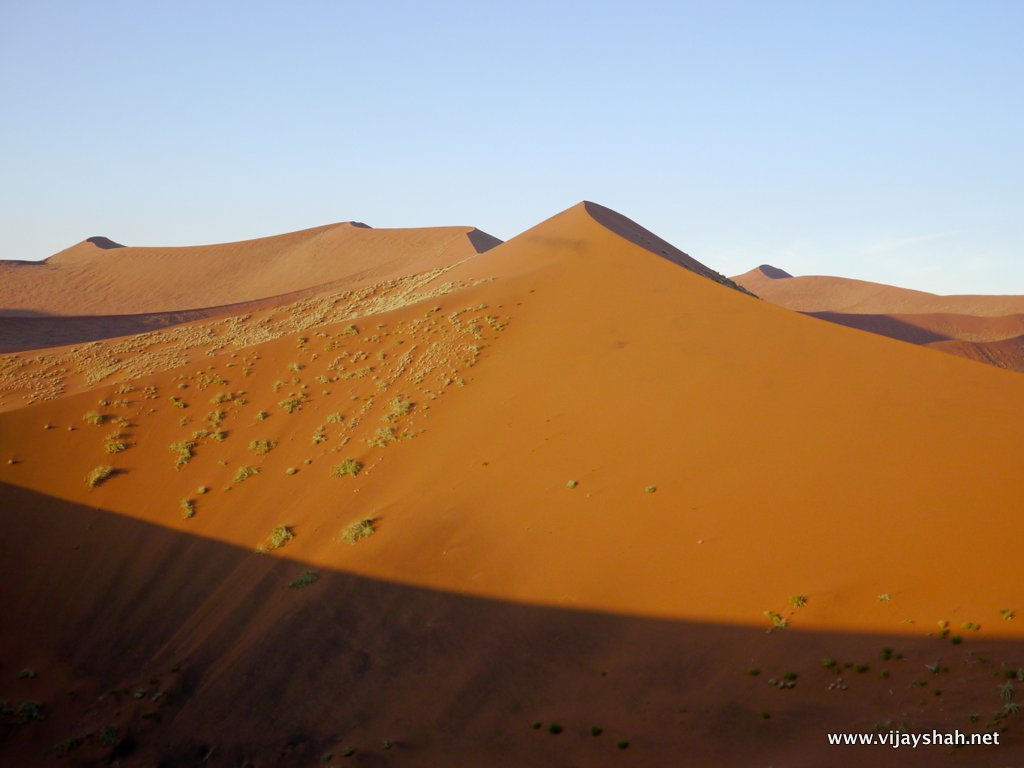
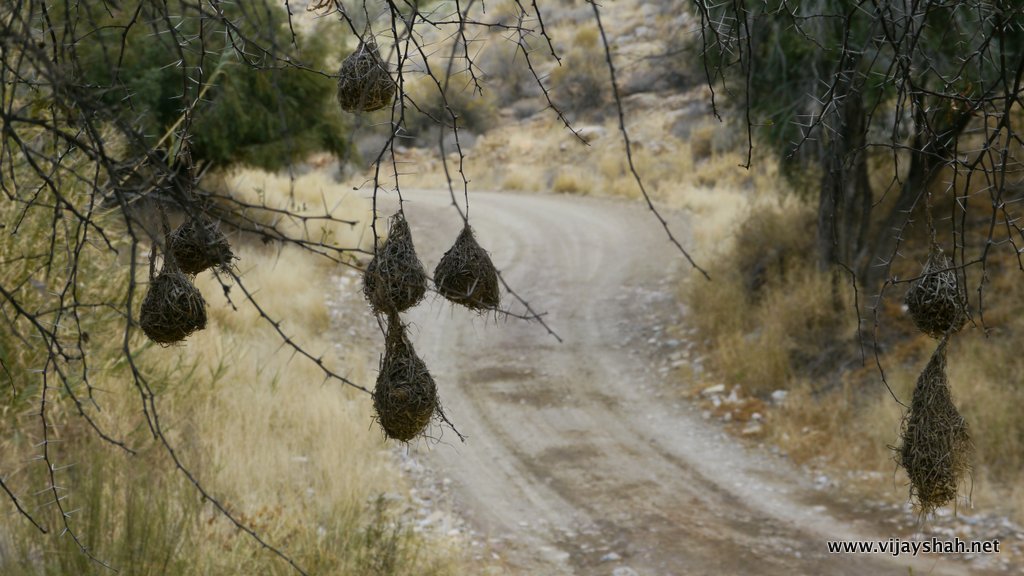
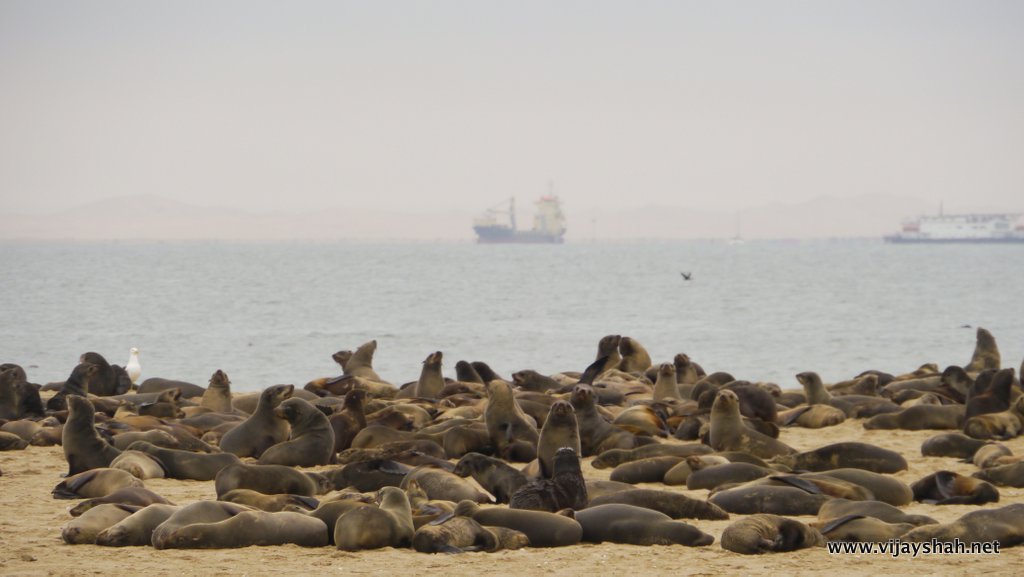
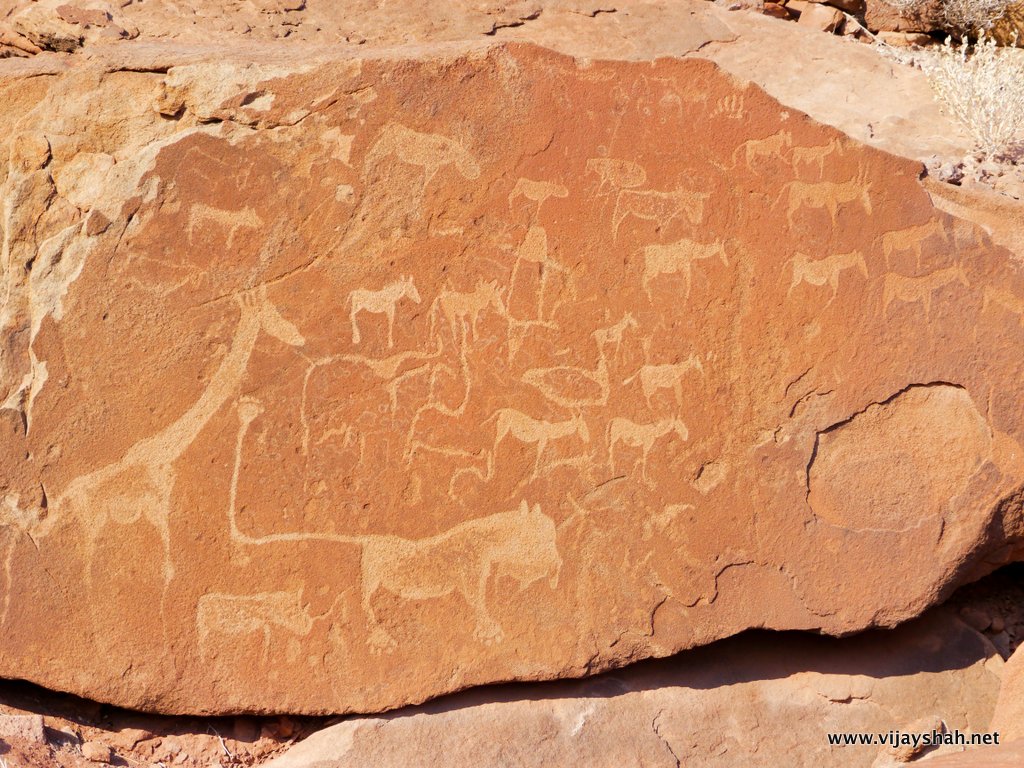
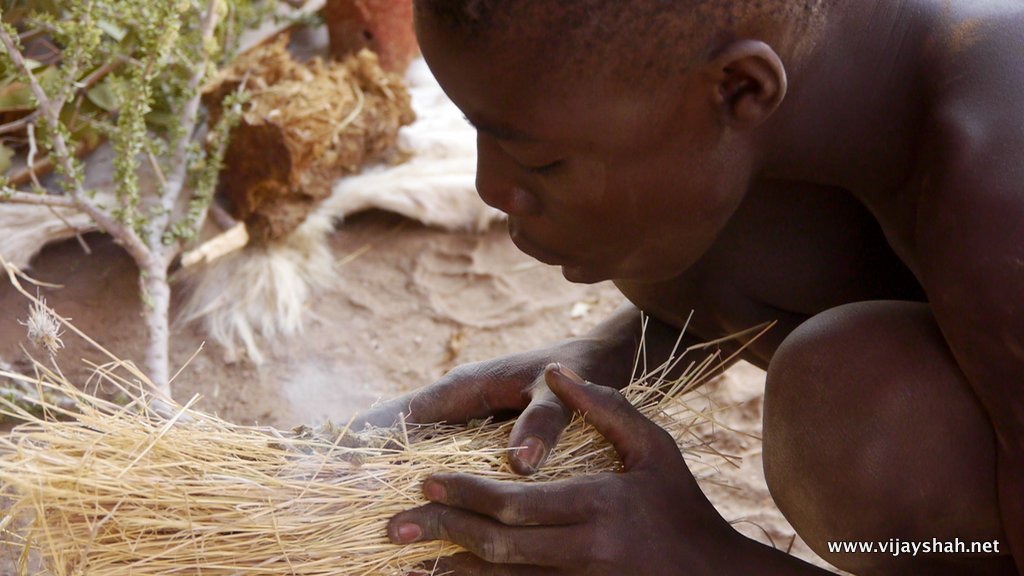
A young boy shows how fire would be started using traditional means.
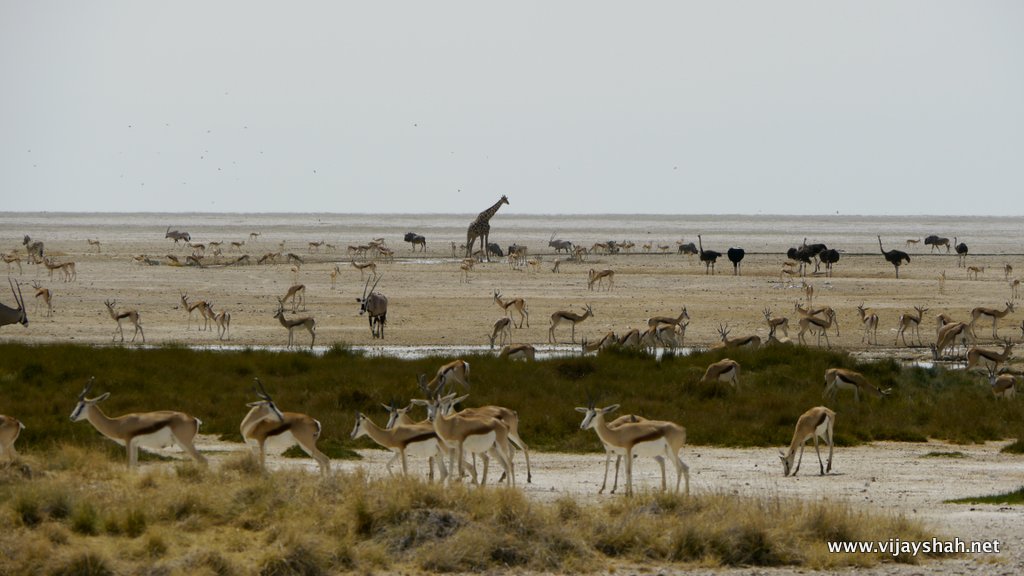
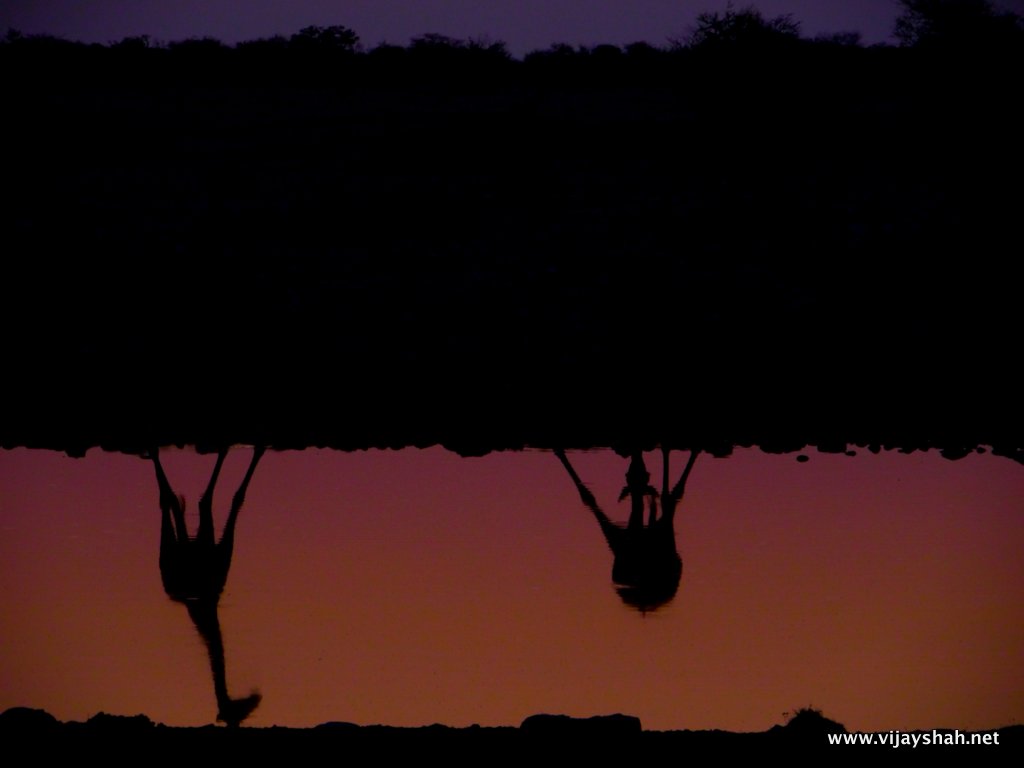
The giraffe is at it's most vulnerable when bending down to drink. Only under extreme caution do they risk bending down to drink.
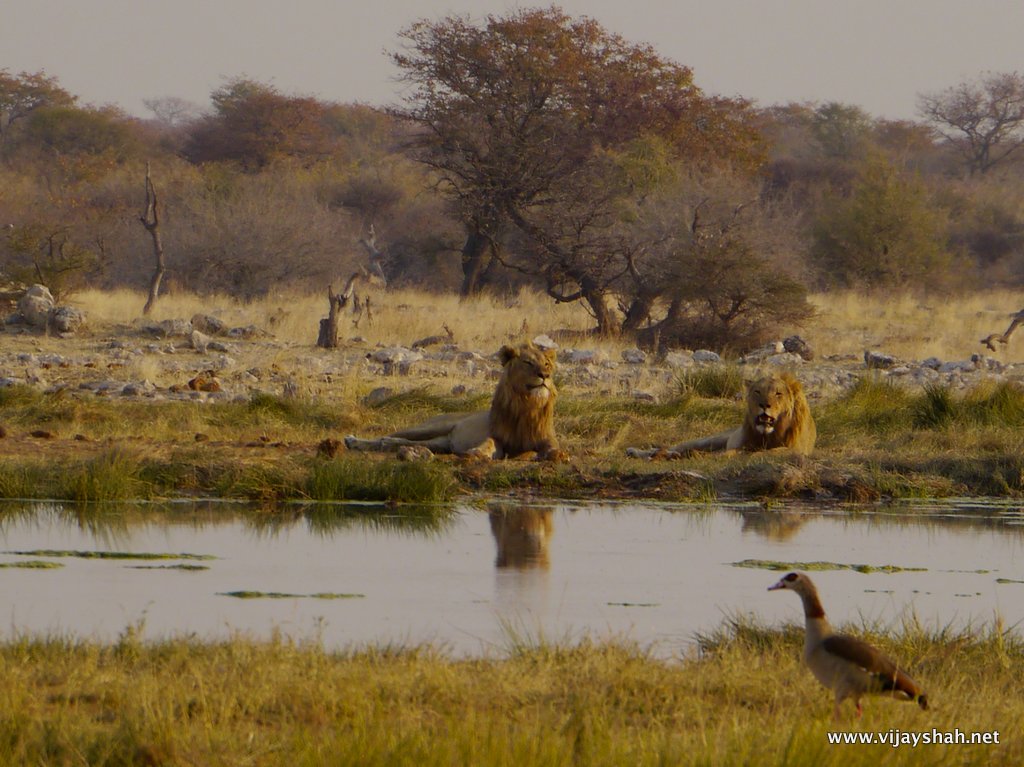
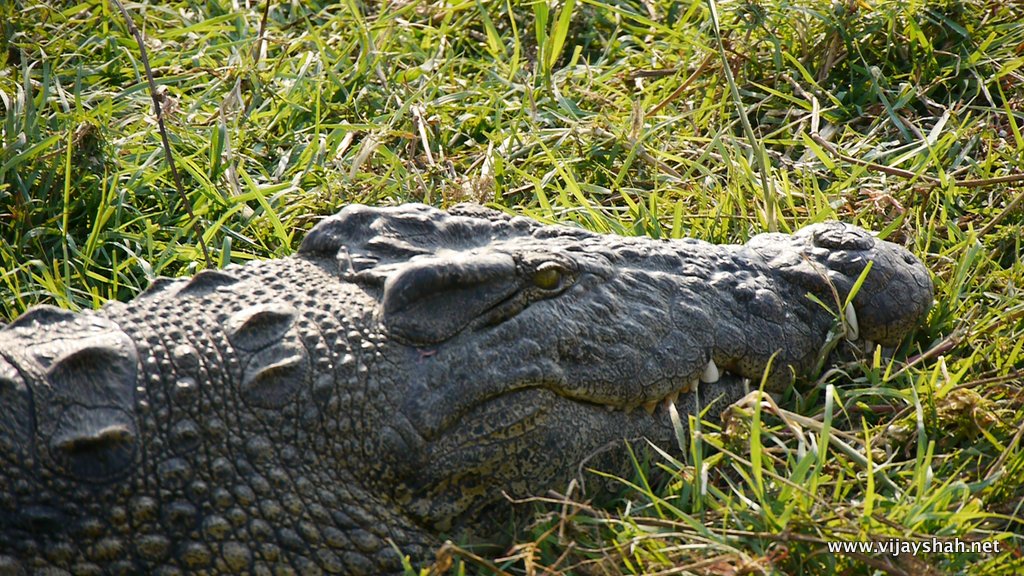
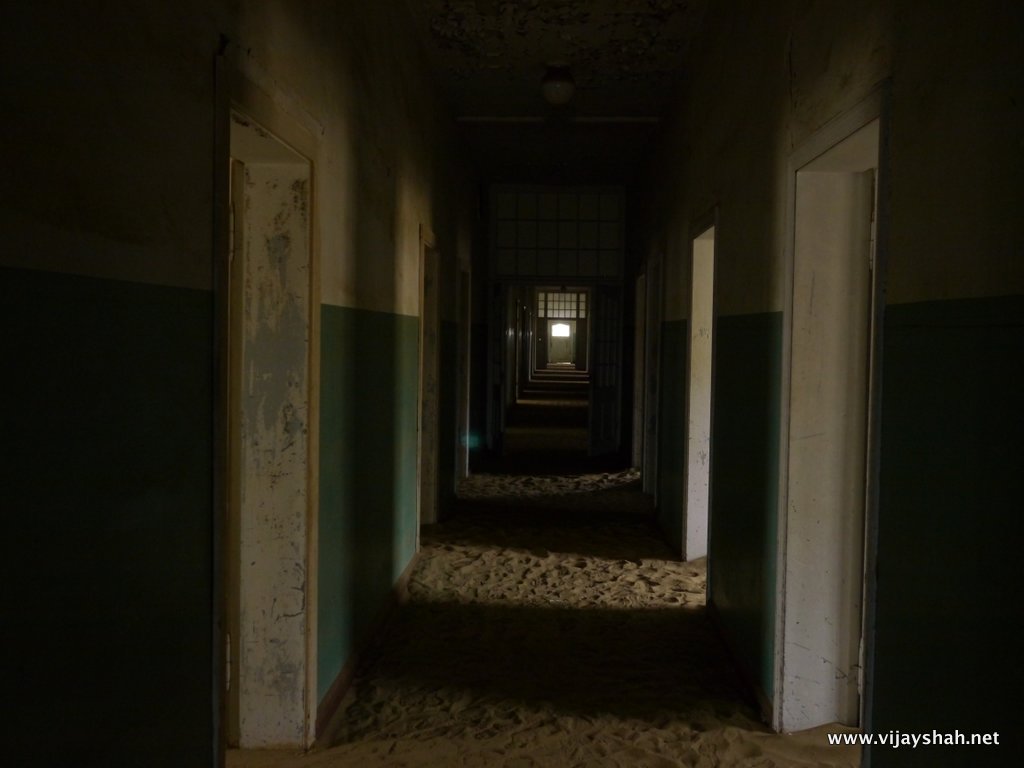
The Kolmonskoppe hospital
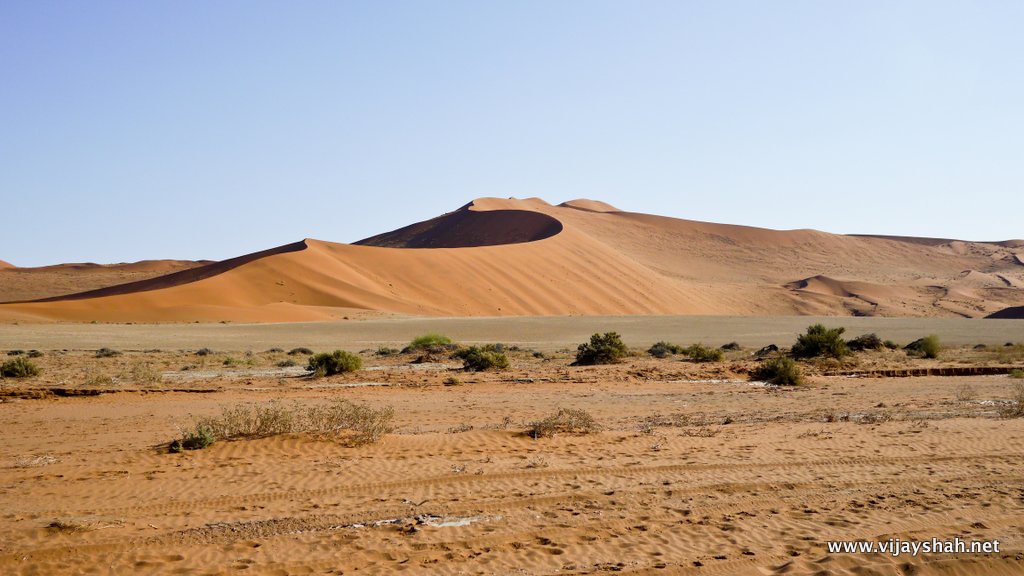
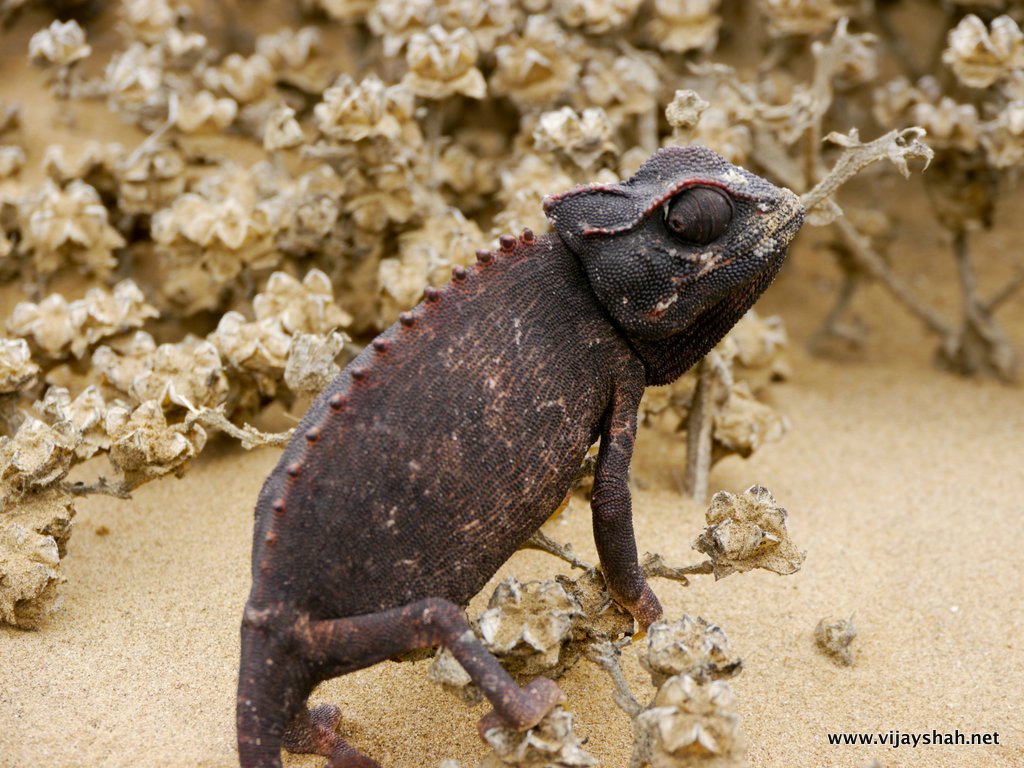
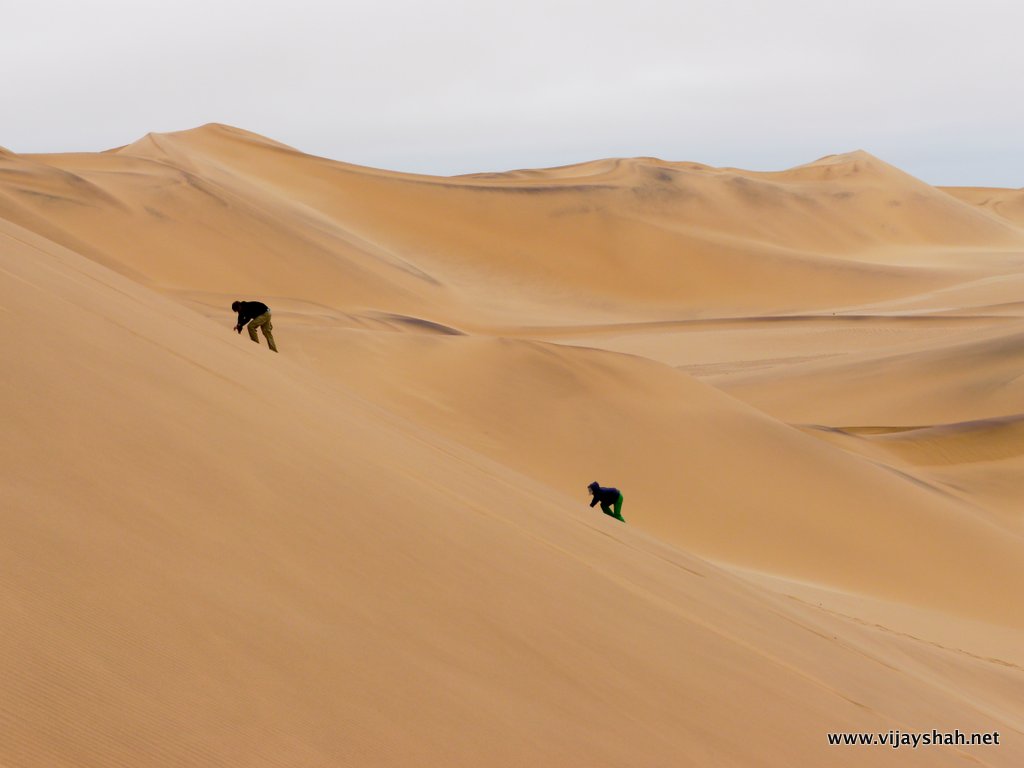
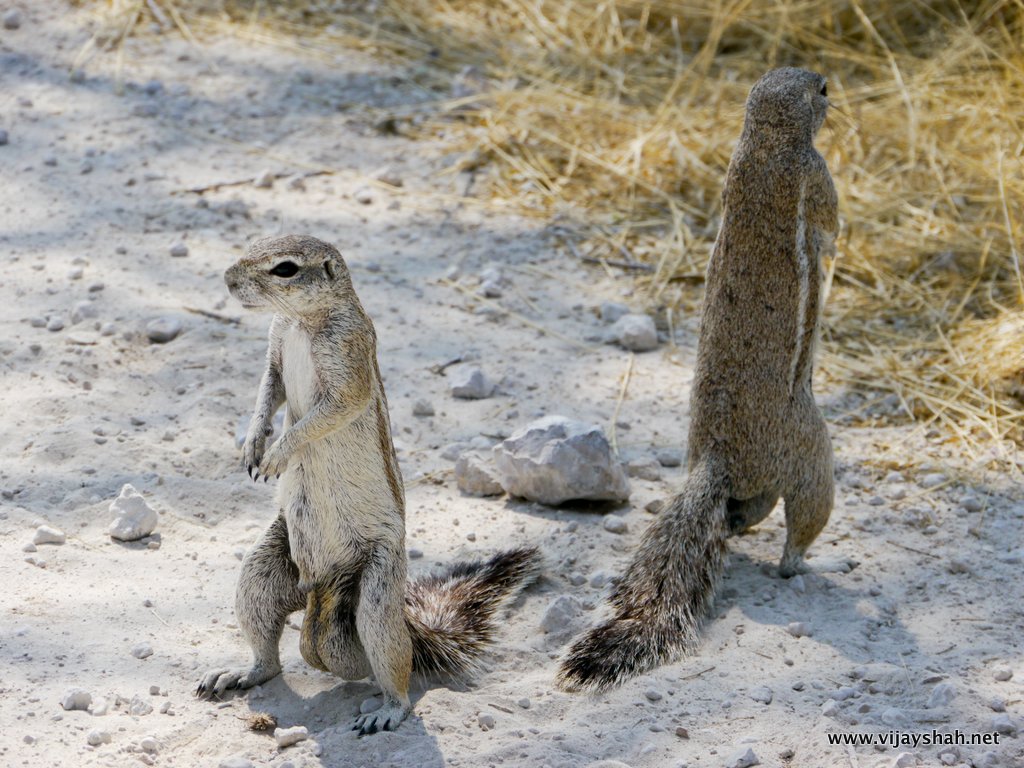
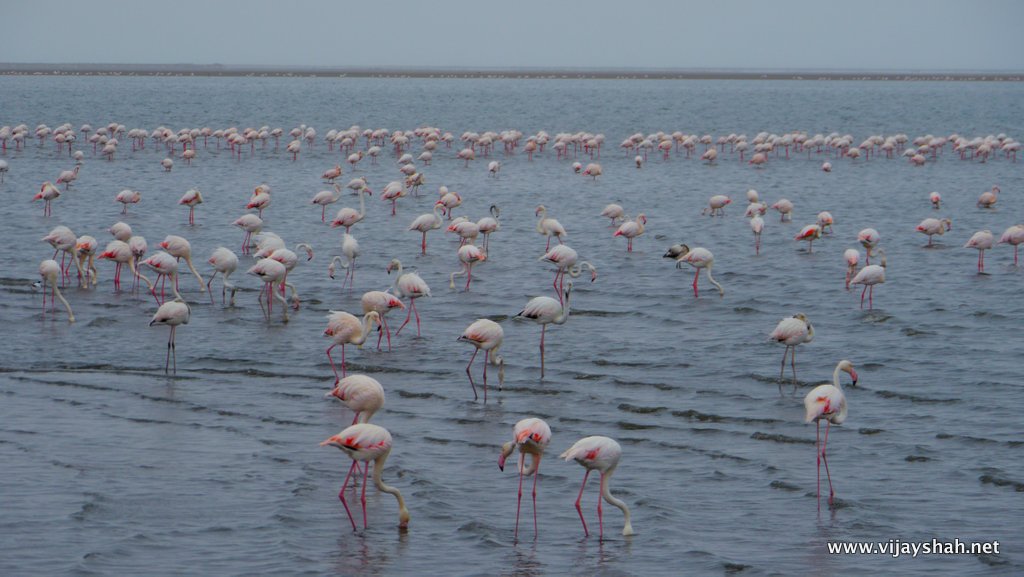
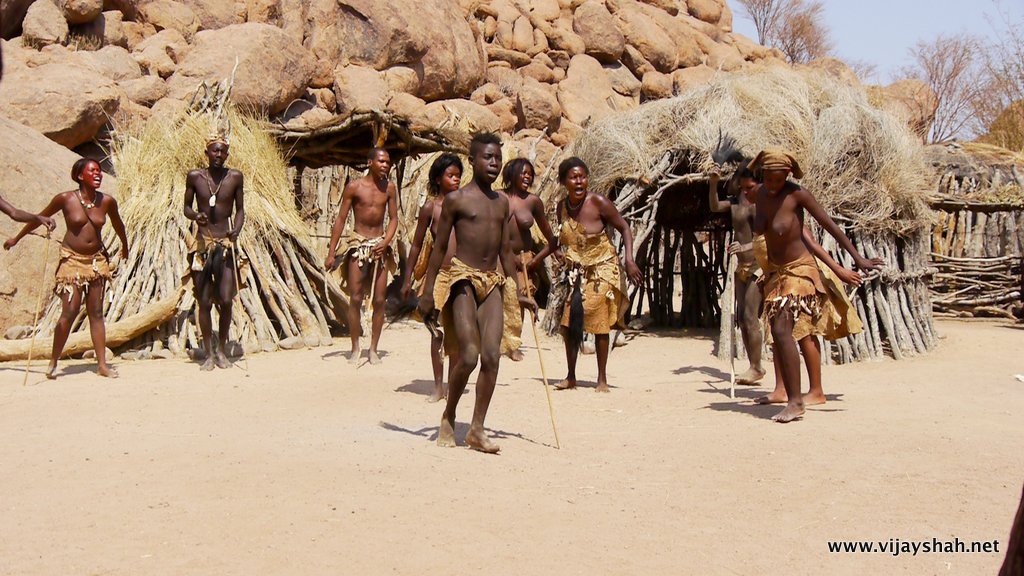
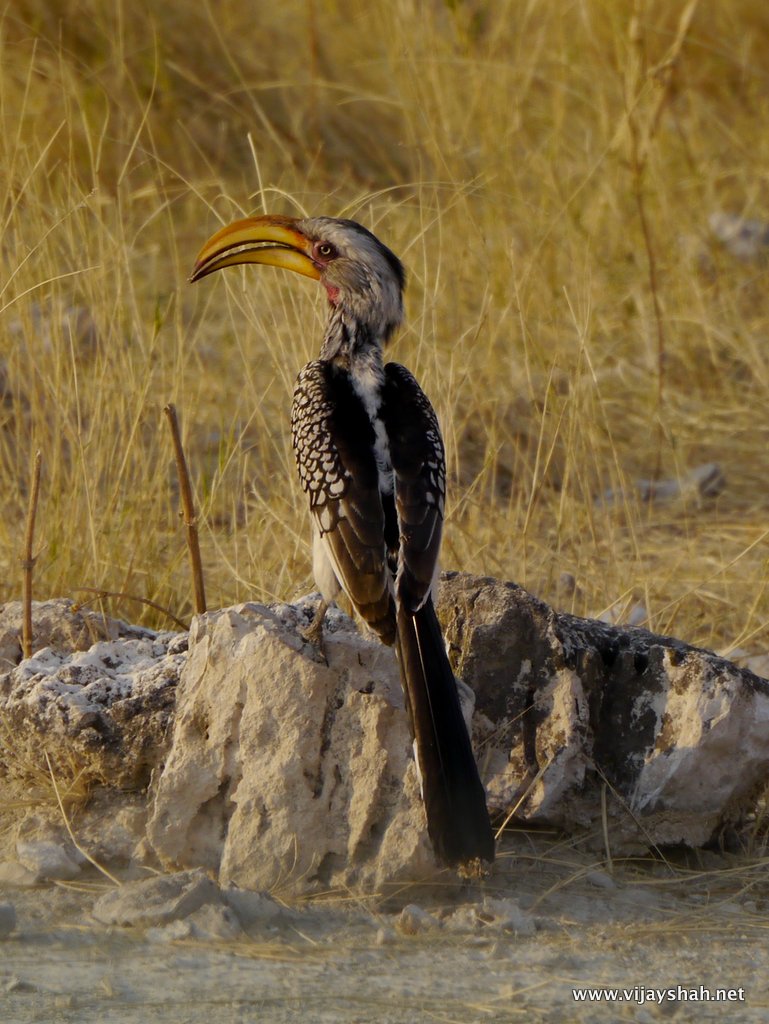
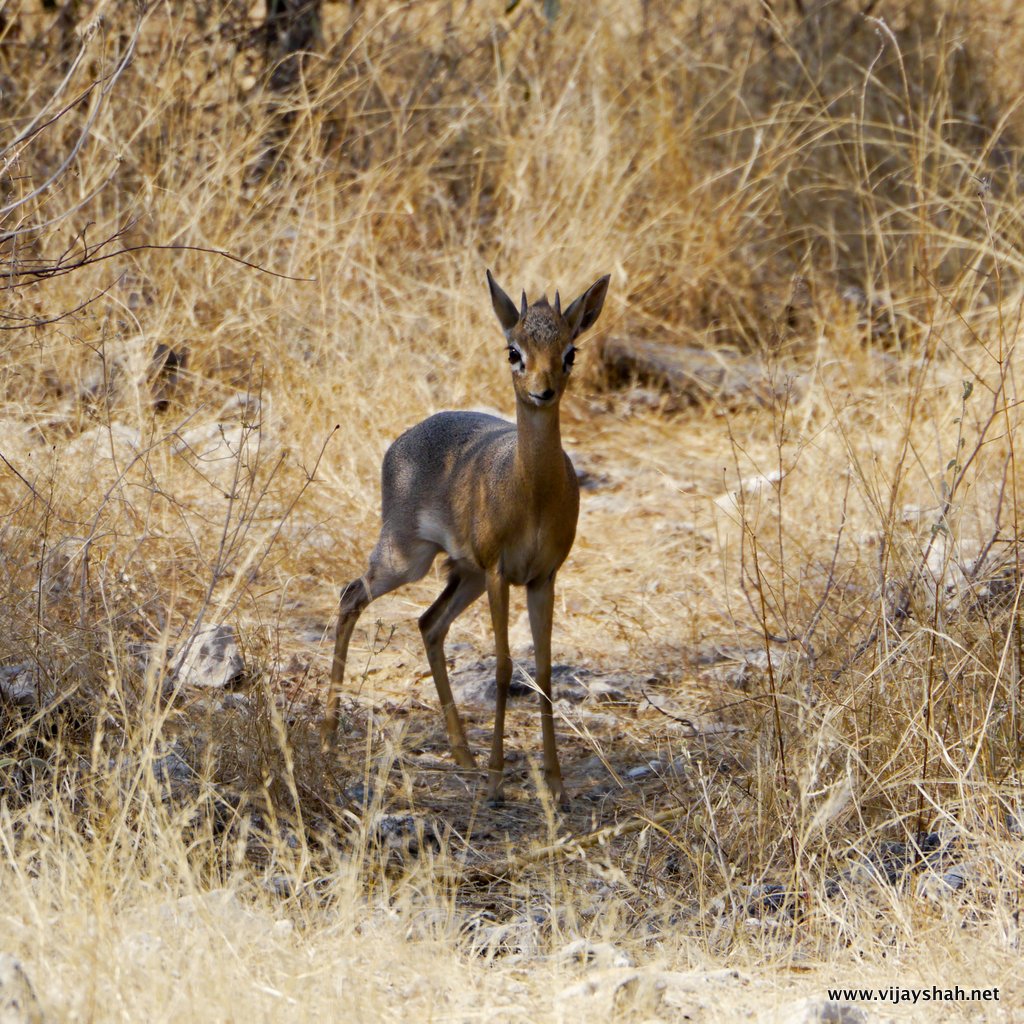
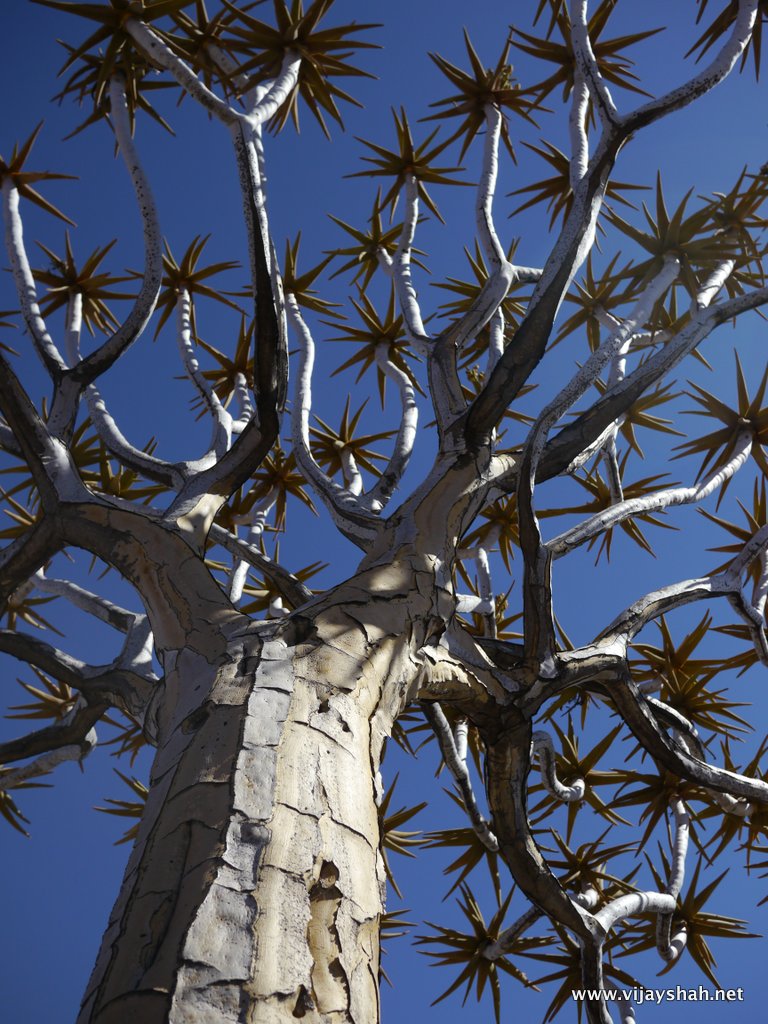
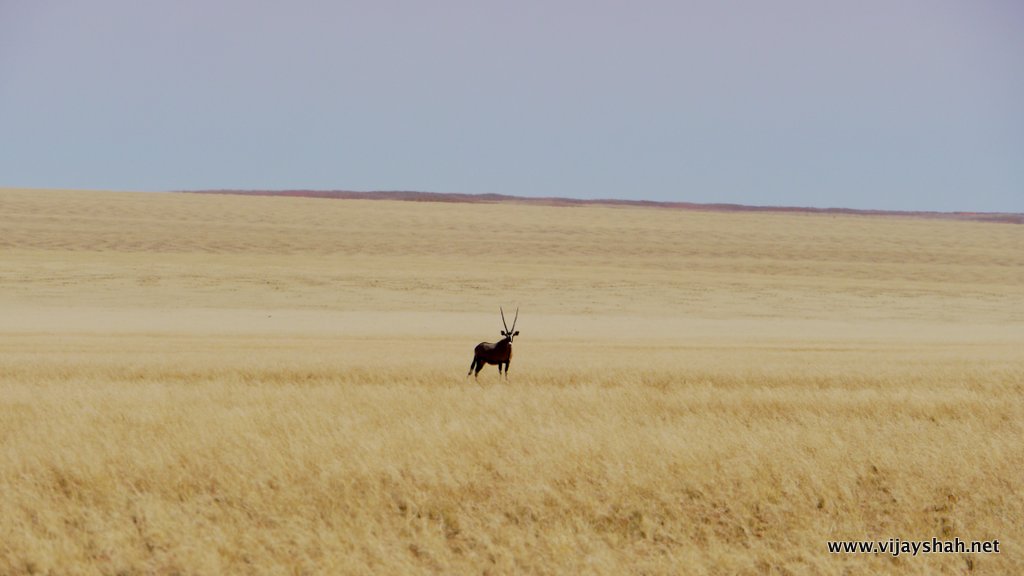
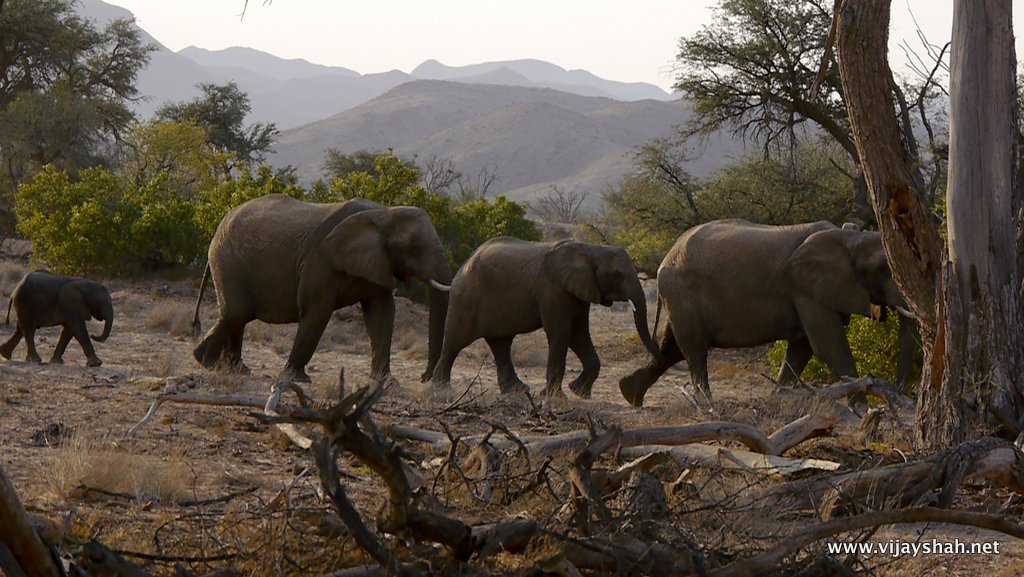
A herd of elephants has adapted to life within the Namibian desert. There feet have grown larger and they only need to drink every three days instead of the usual daily drink.

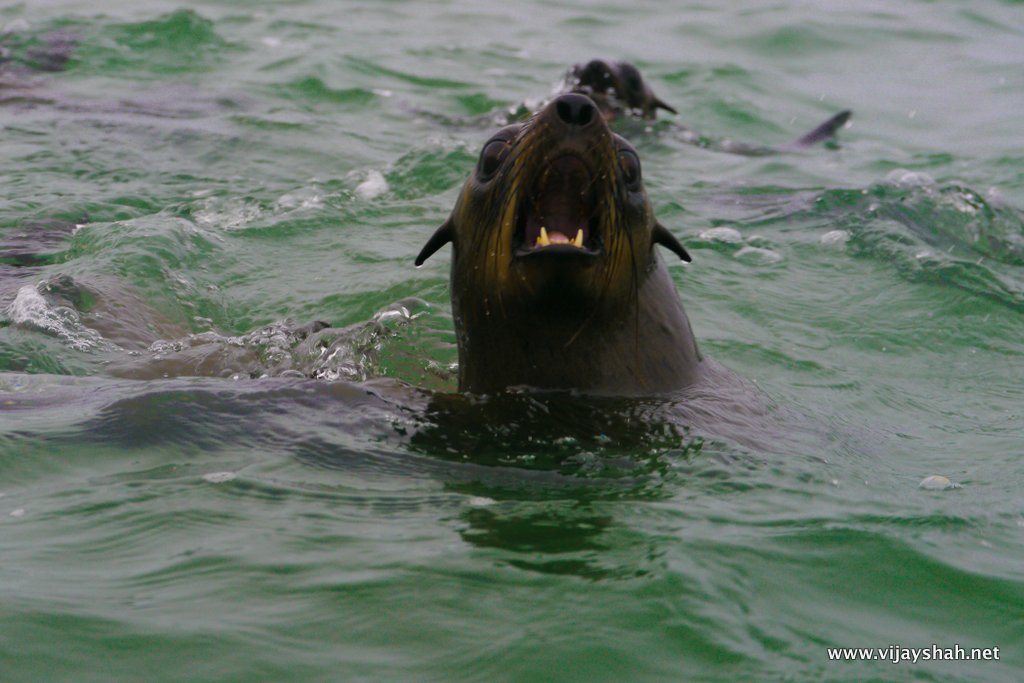
A seal playing in the waters around our canoe.
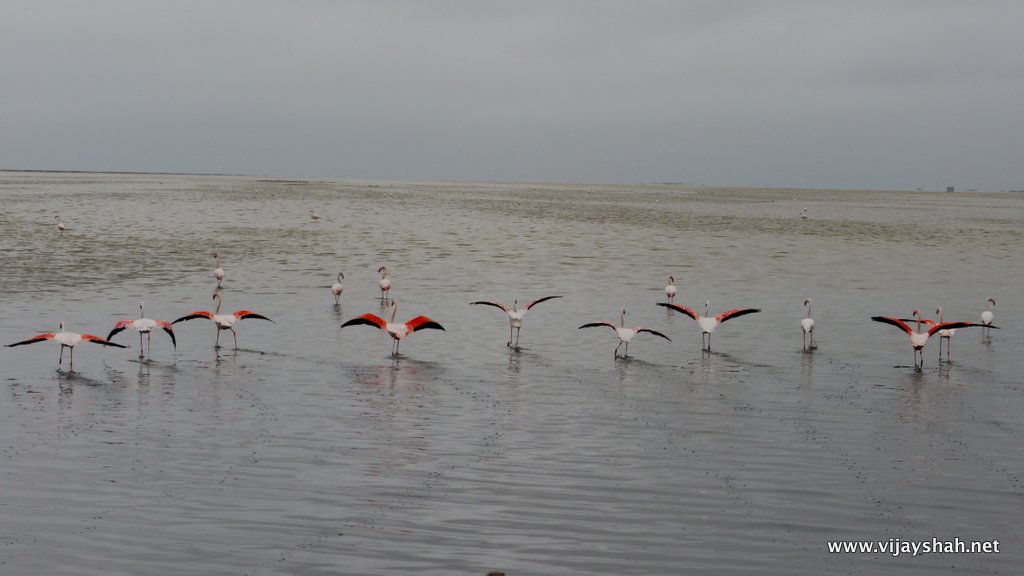

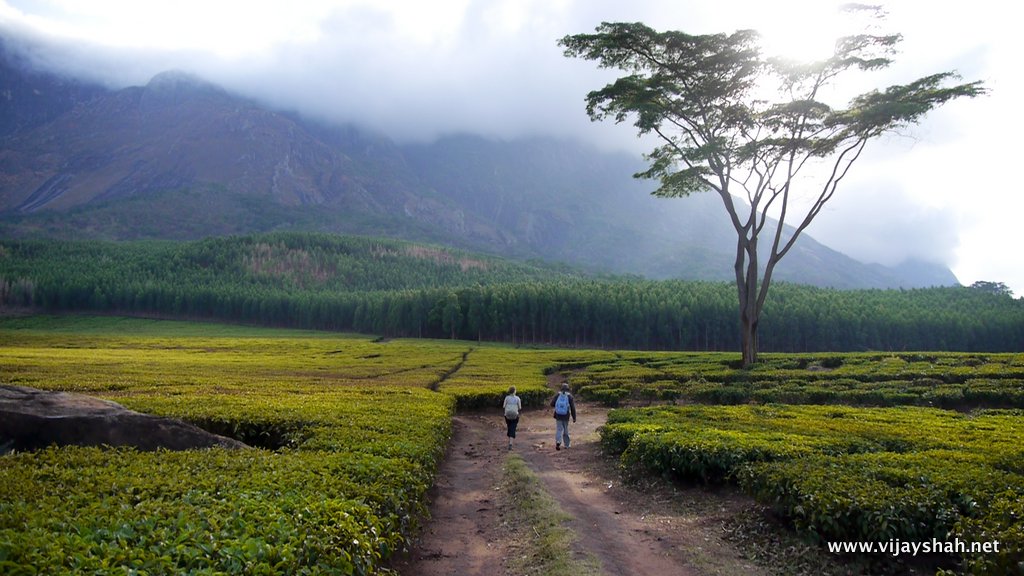
The journey eastwards leads us through the vast expanse of the Kalahari before arriving into the lush green garden of Malawi.
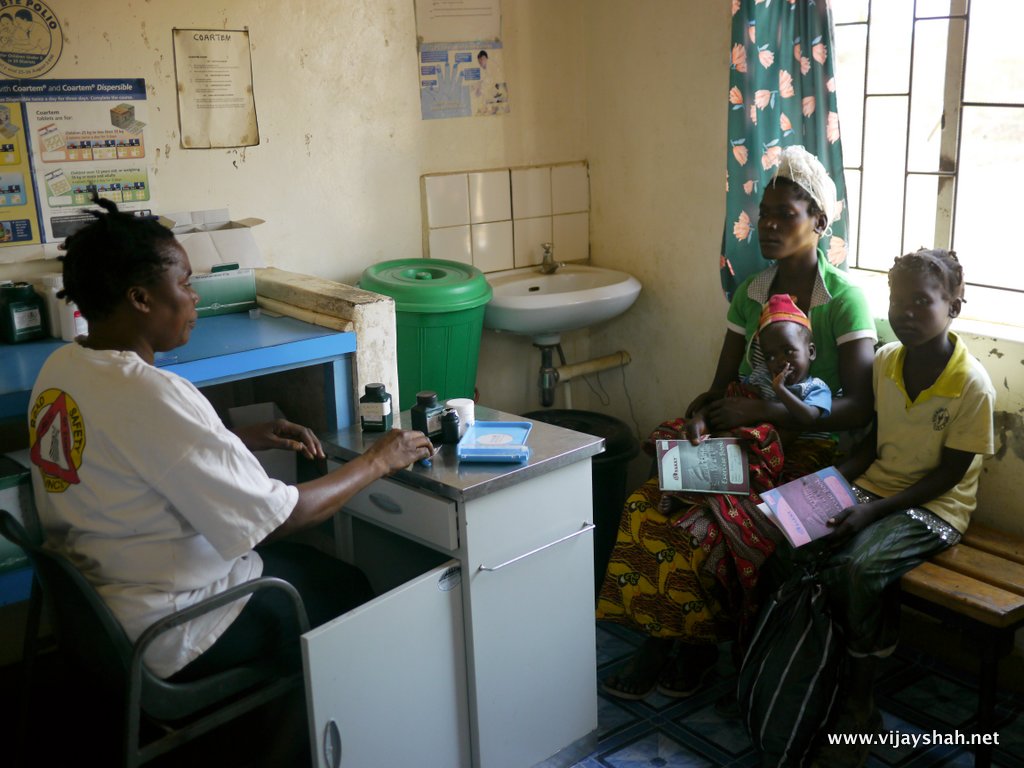
Patients would walk for days to visit this health clinic in the village of Chamba. The demand for medical care is far greater than what can be delivered. But they expect something - they receive paracetamol.
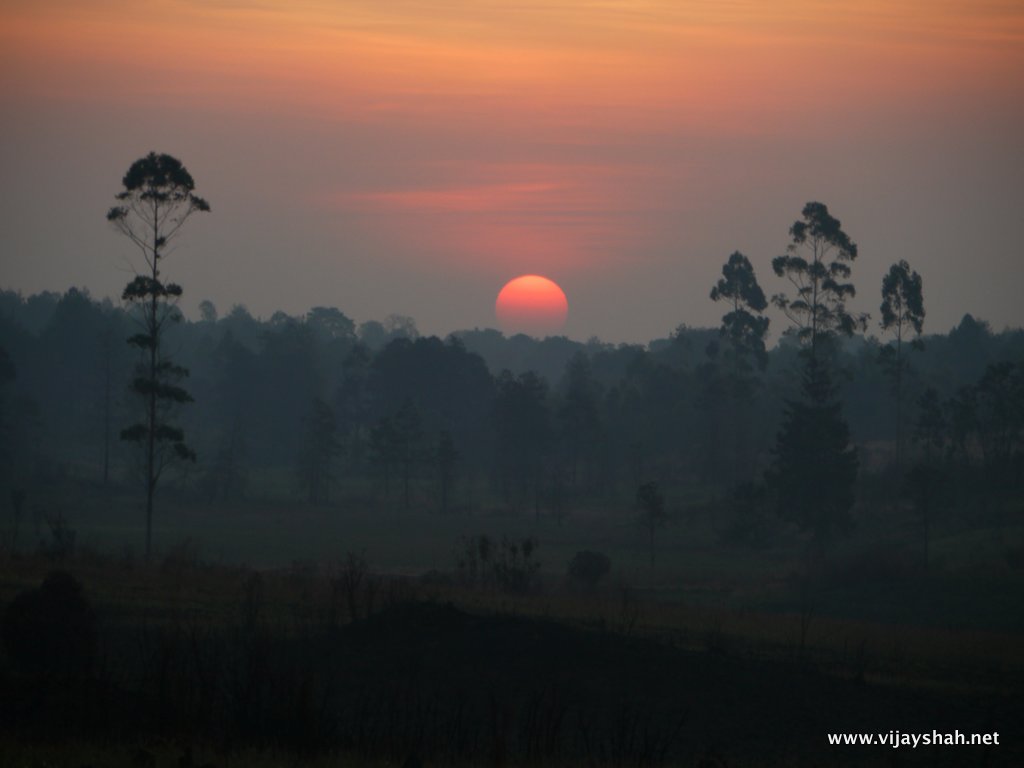
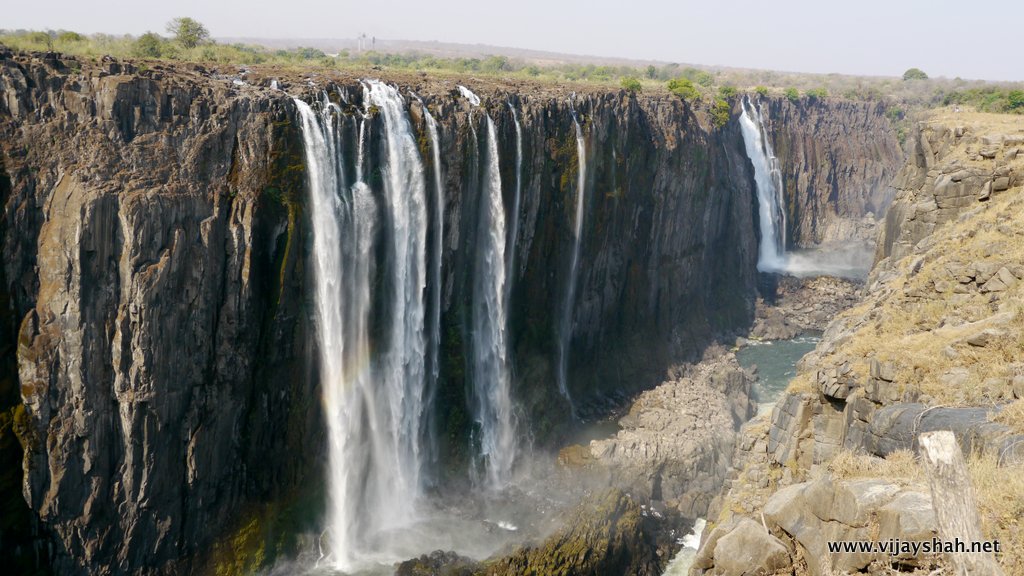
The largest falls in the world. The 108m Victoria Falls straddles the border of Zambia and Zimbabwe.
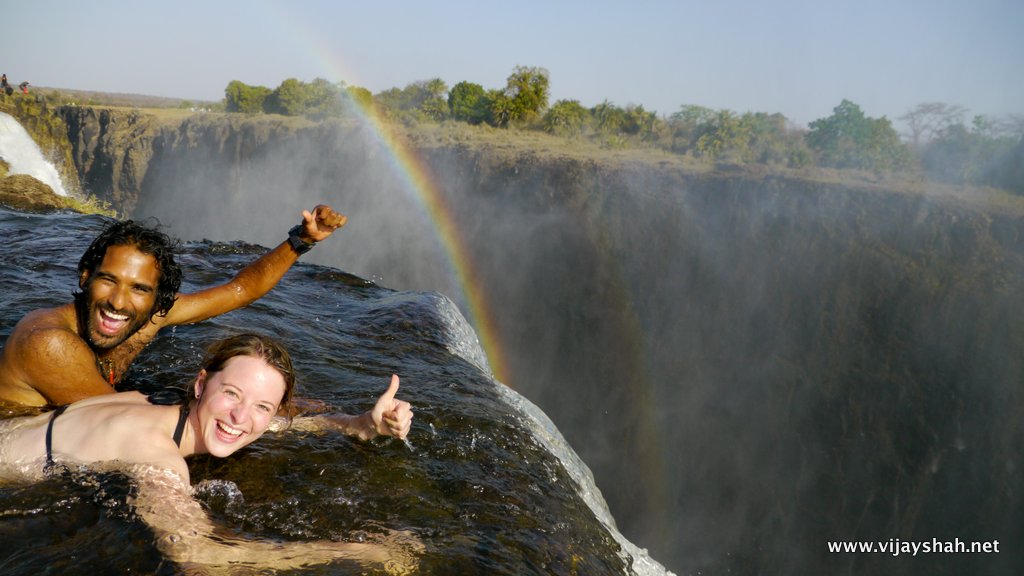
Swimming at the edge of the 108m drop at the edge of the Victoria Falls.
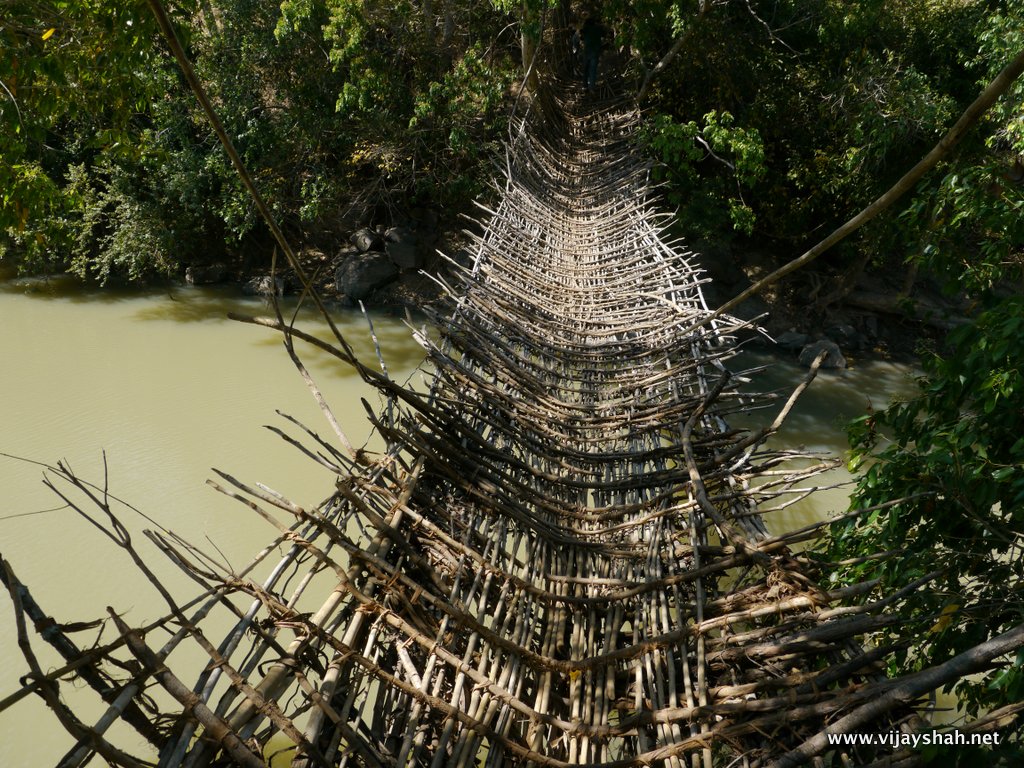
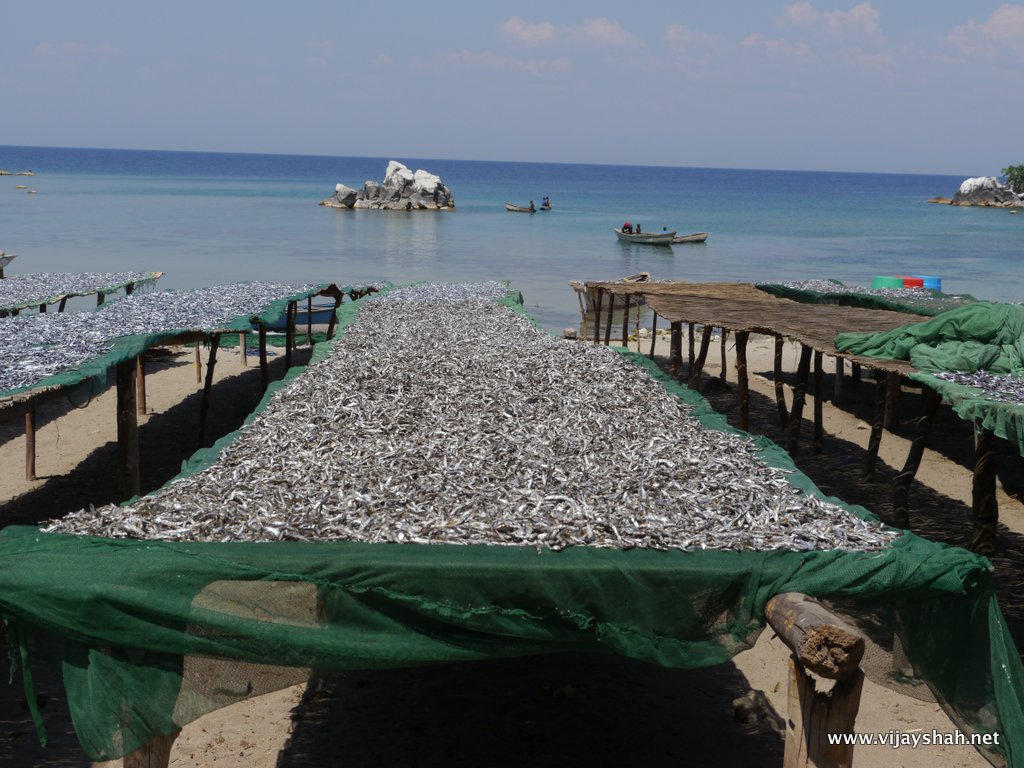
Usipa, the staple fish of Lake Malawi is fished in the early morning and left to dry in the hot sun throughout the day before being packed into huge sacks to be sold in the mainland.
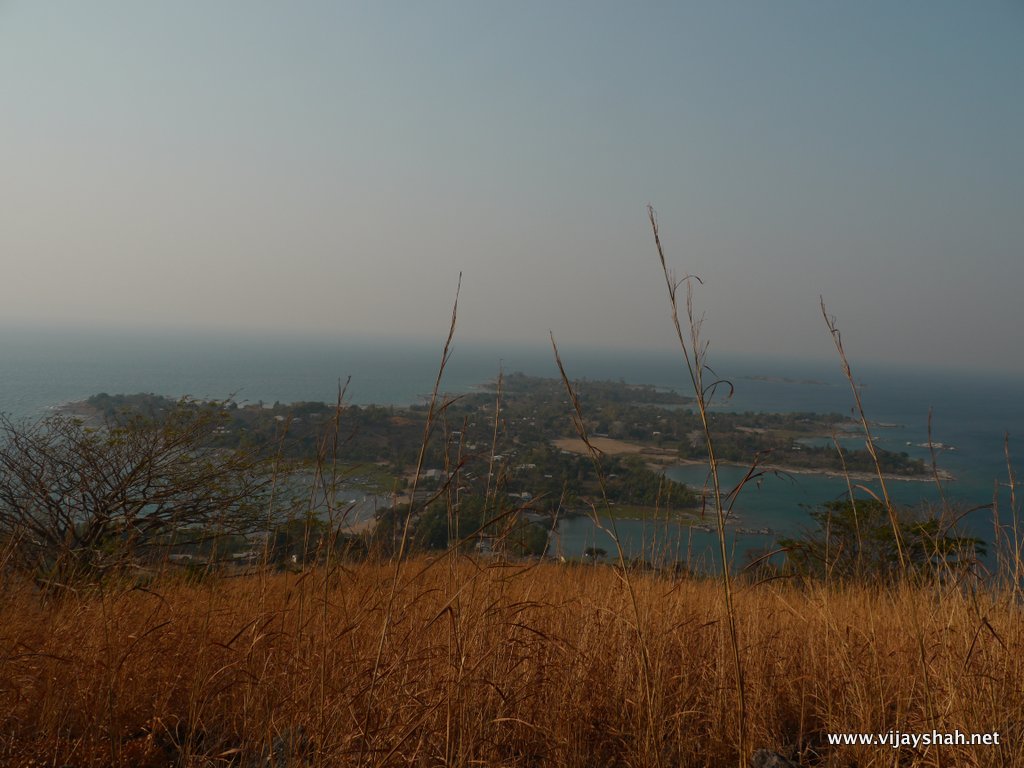
Closer to the coast of Mozambique than Malawi, the islands of Chizimulu and Likoma are actually Malawian.
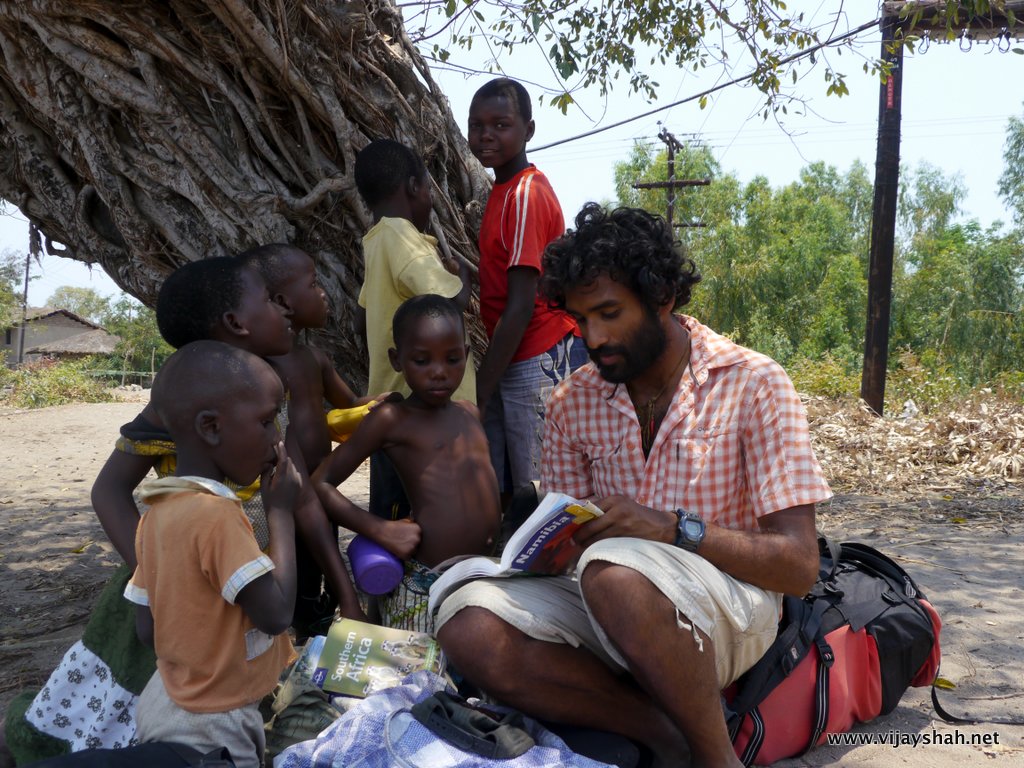
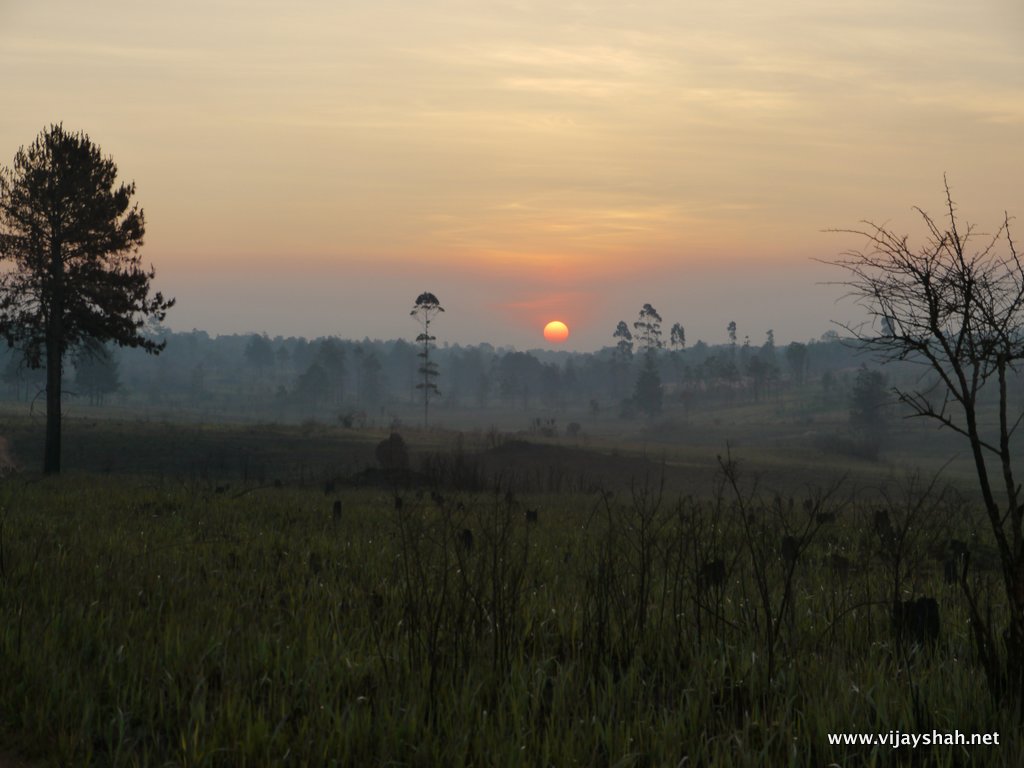
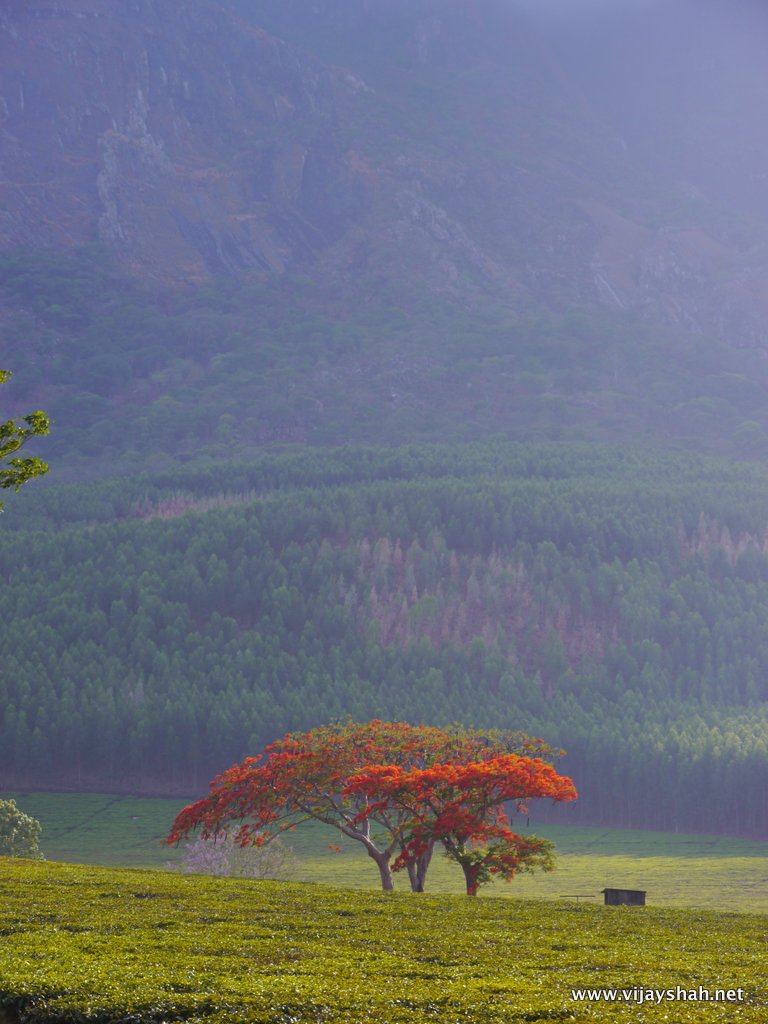
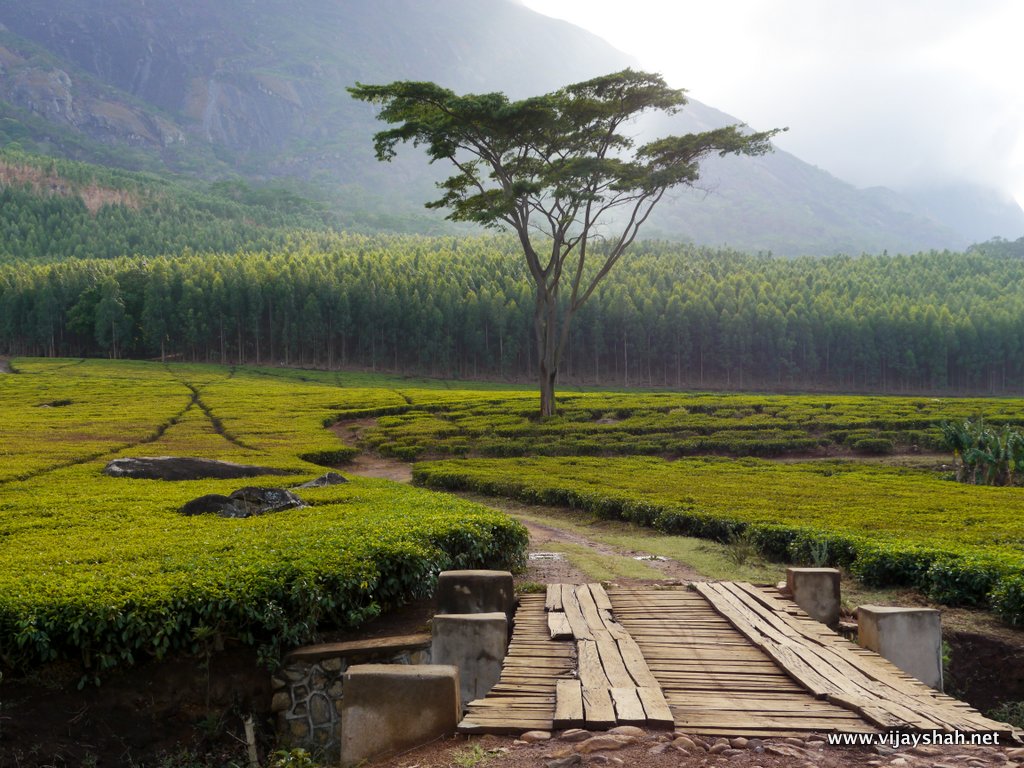
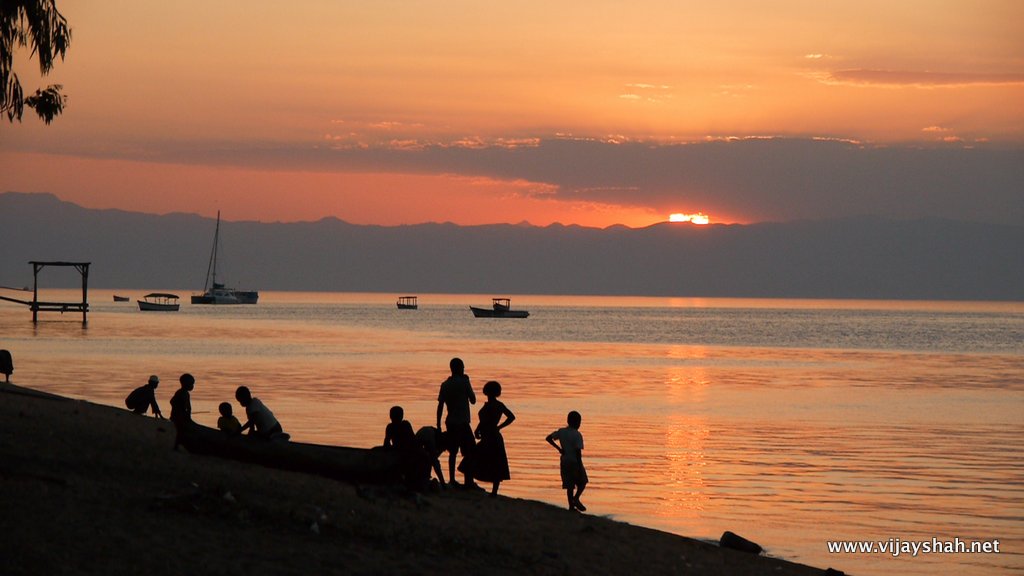

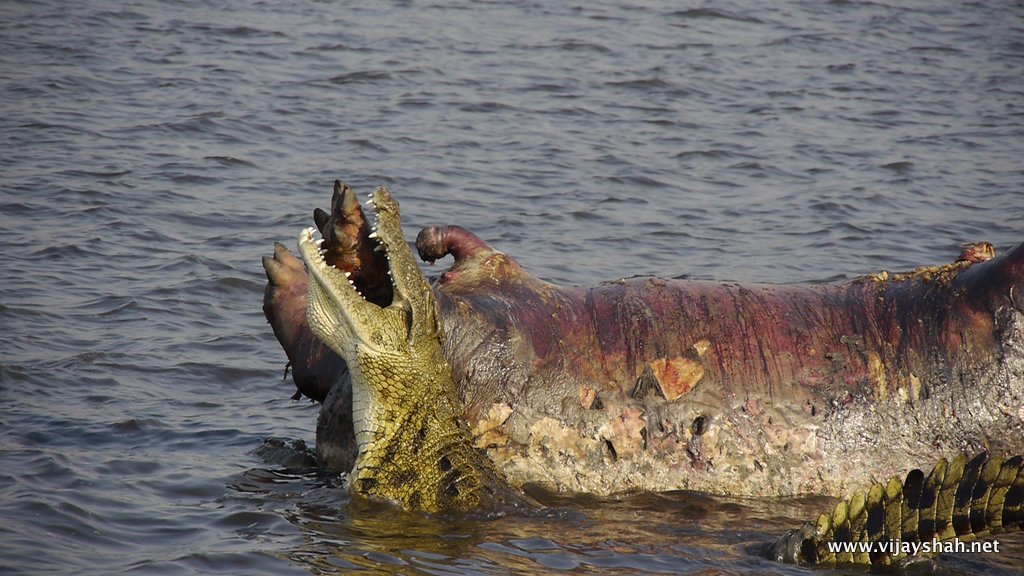
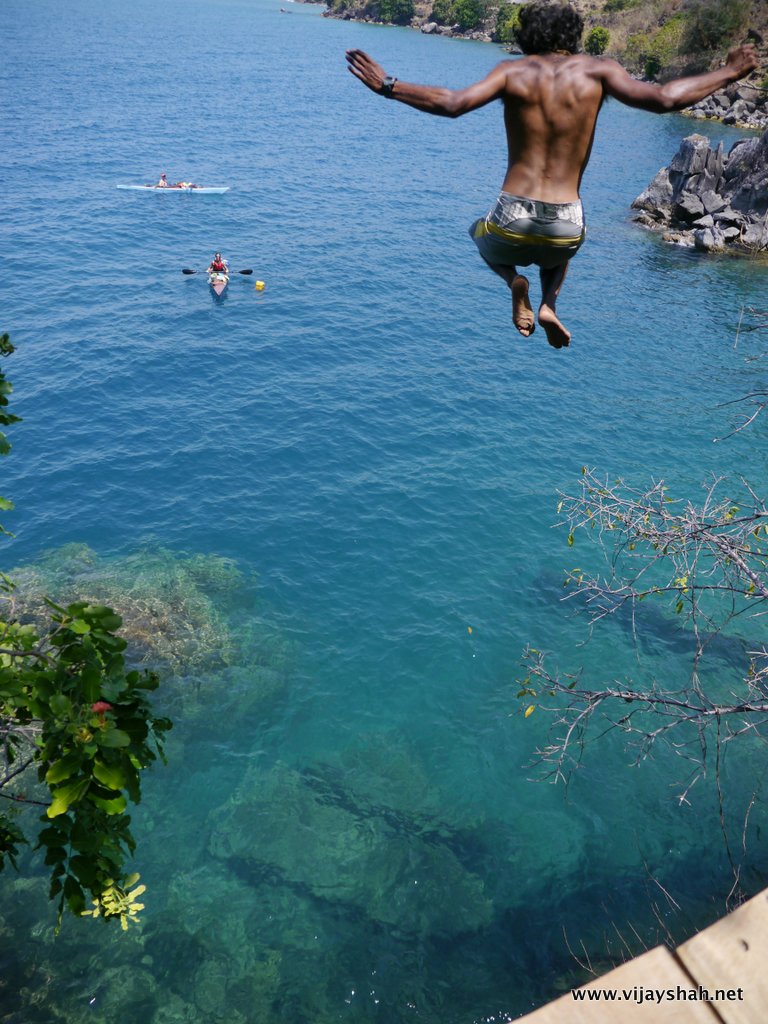
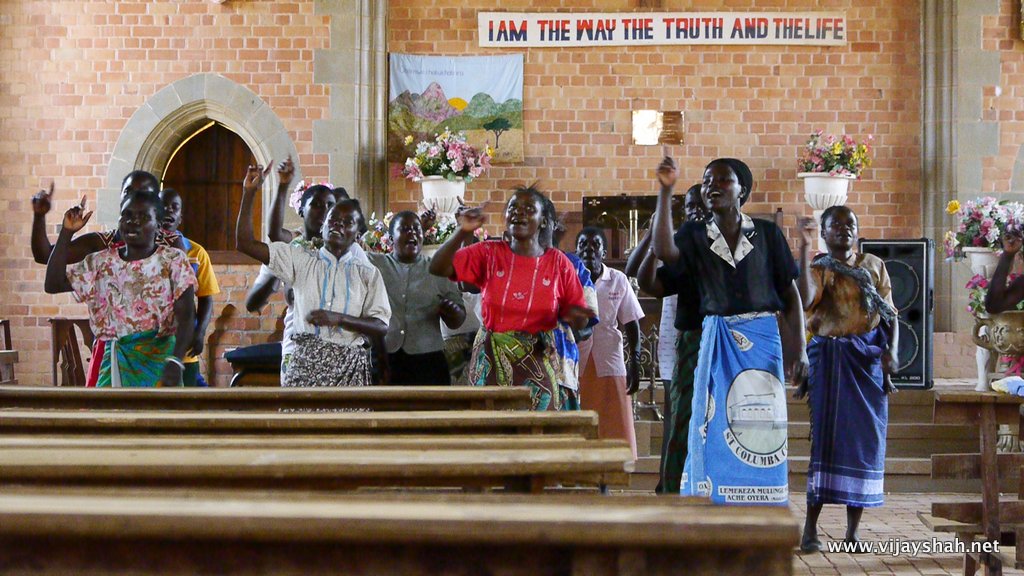
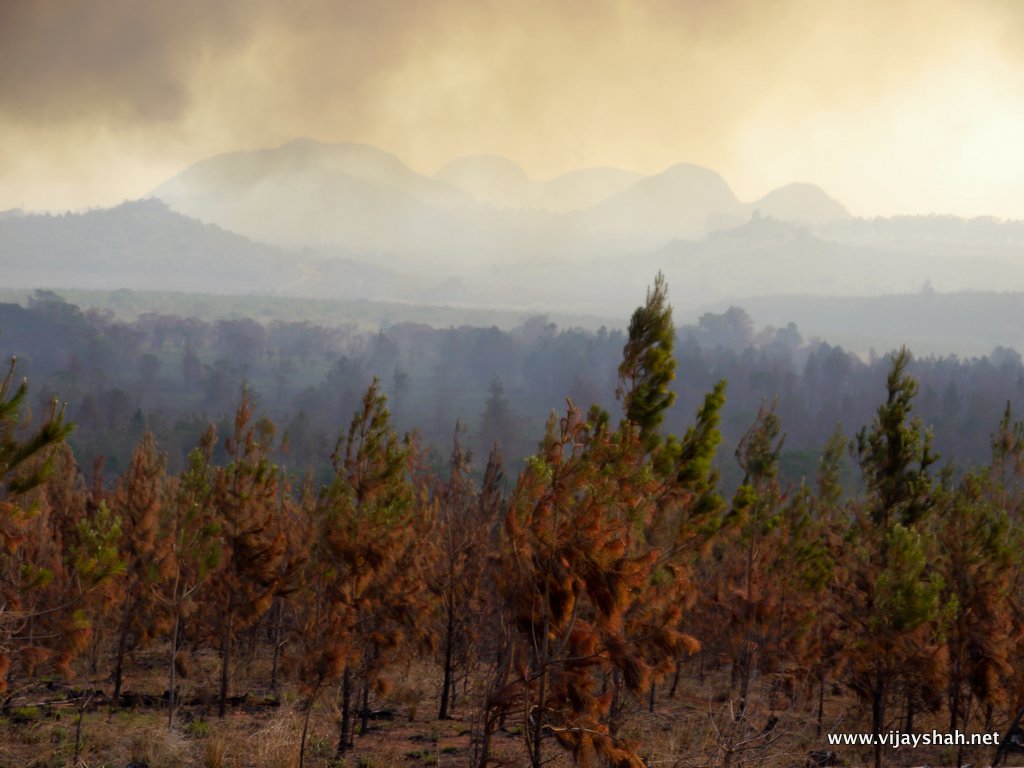
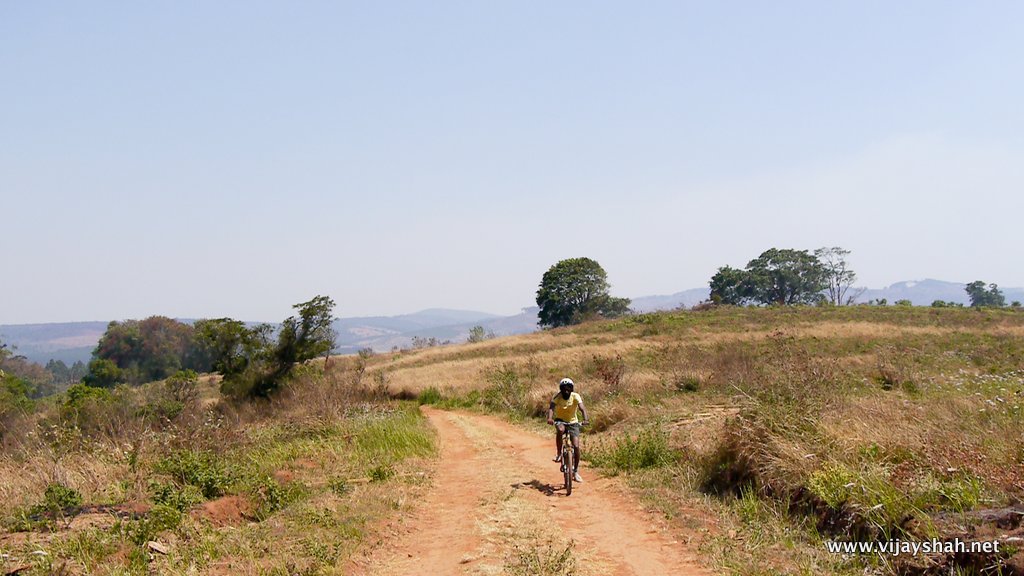

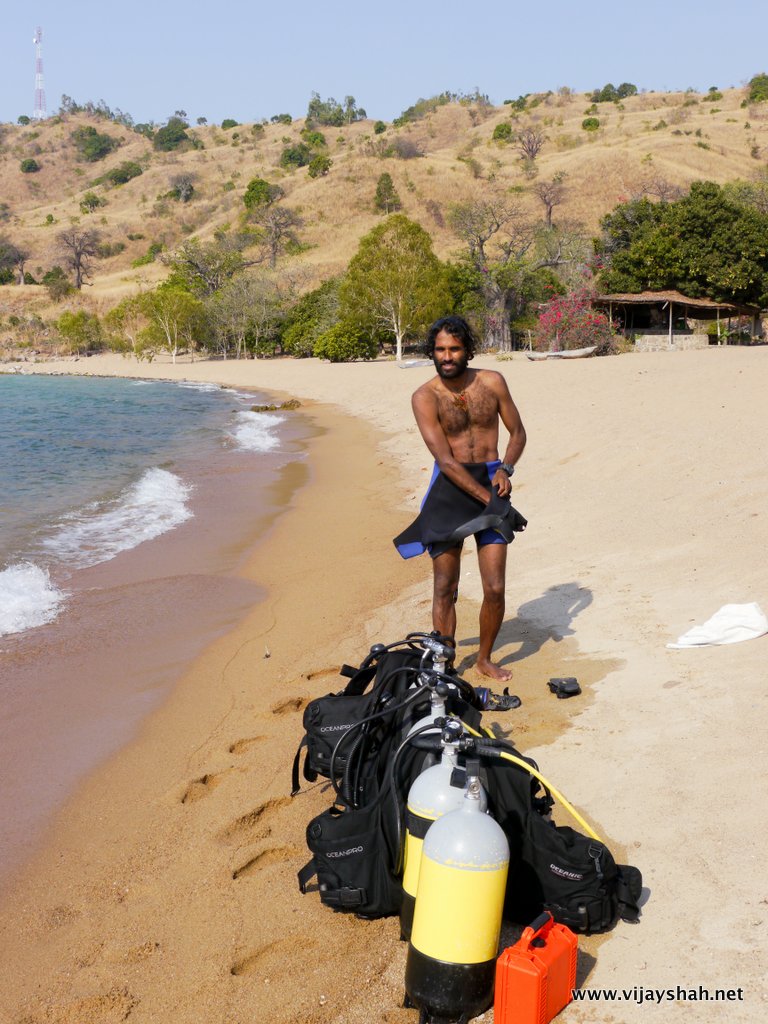
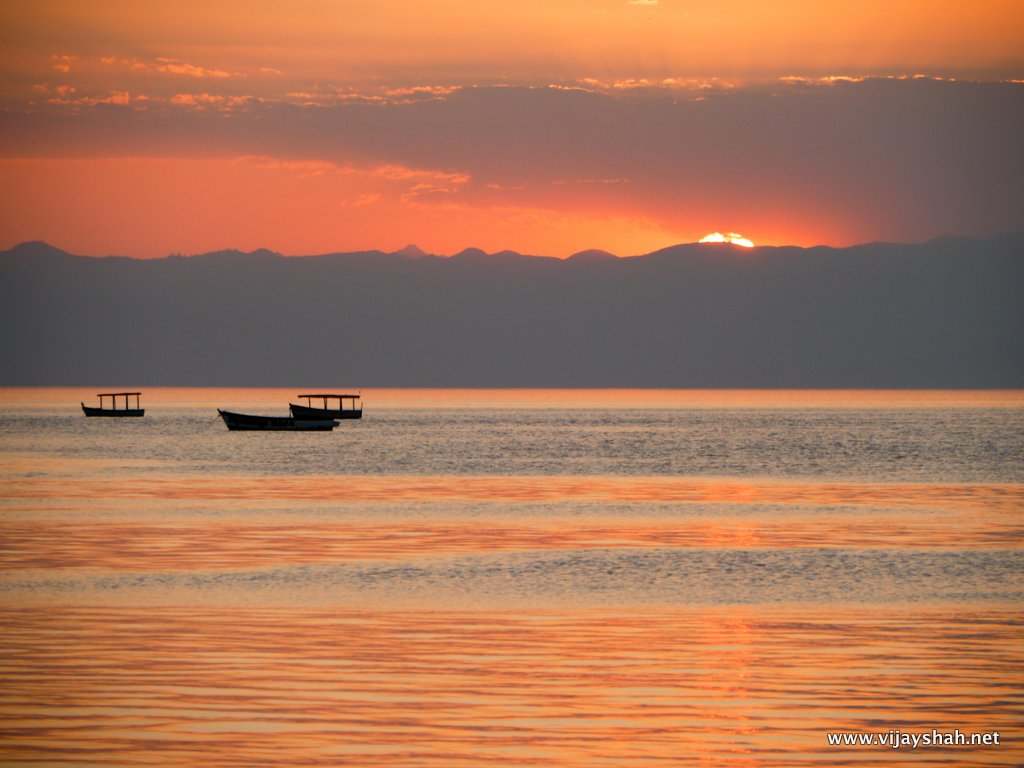
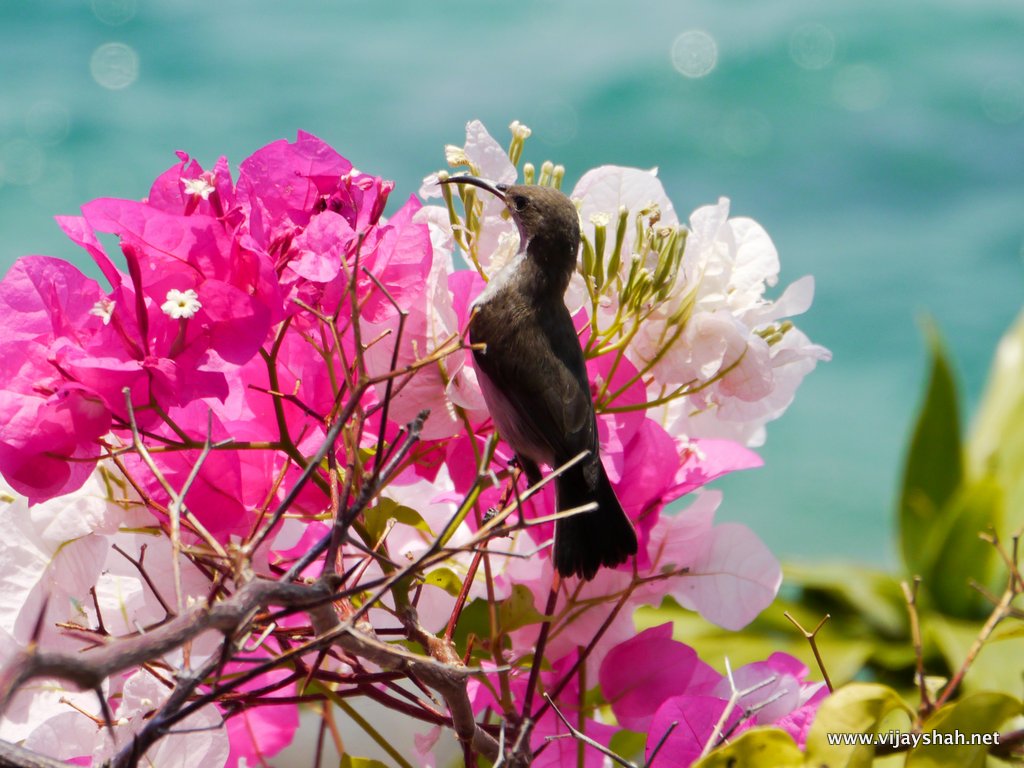
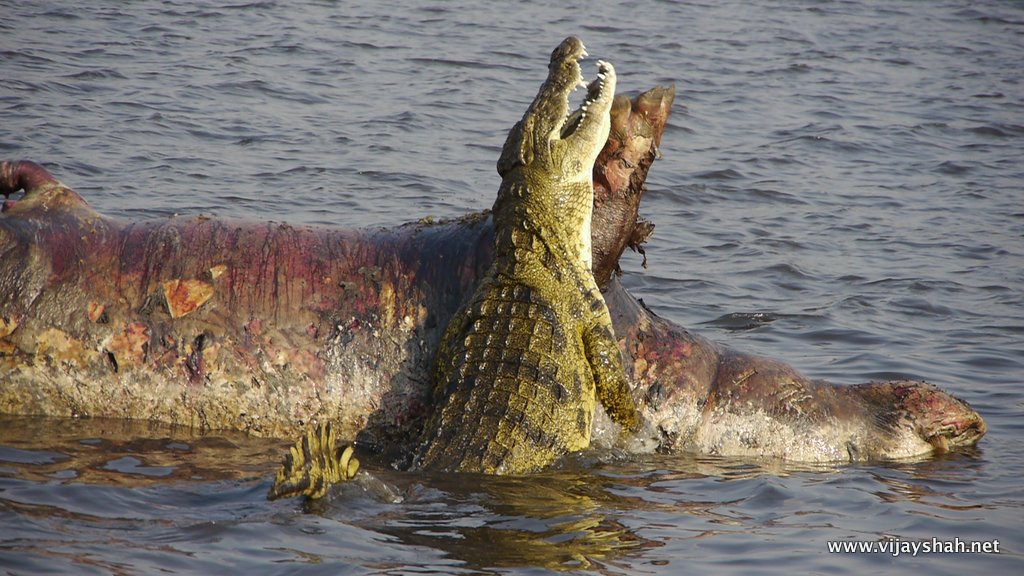
On the Chobe River a dead and bloated hippopotamus is dinner for the four or five crocodiles surrounding it.
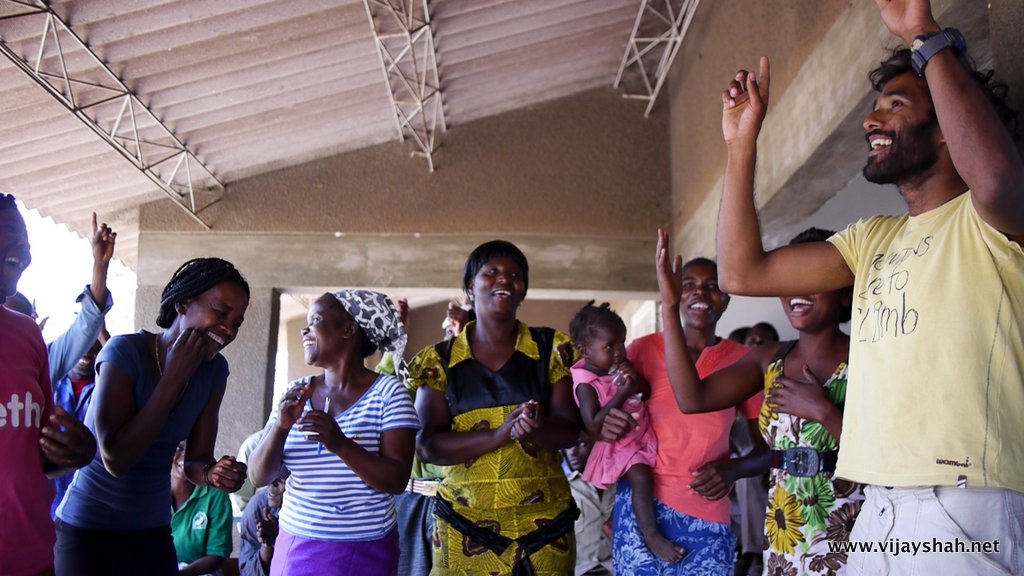
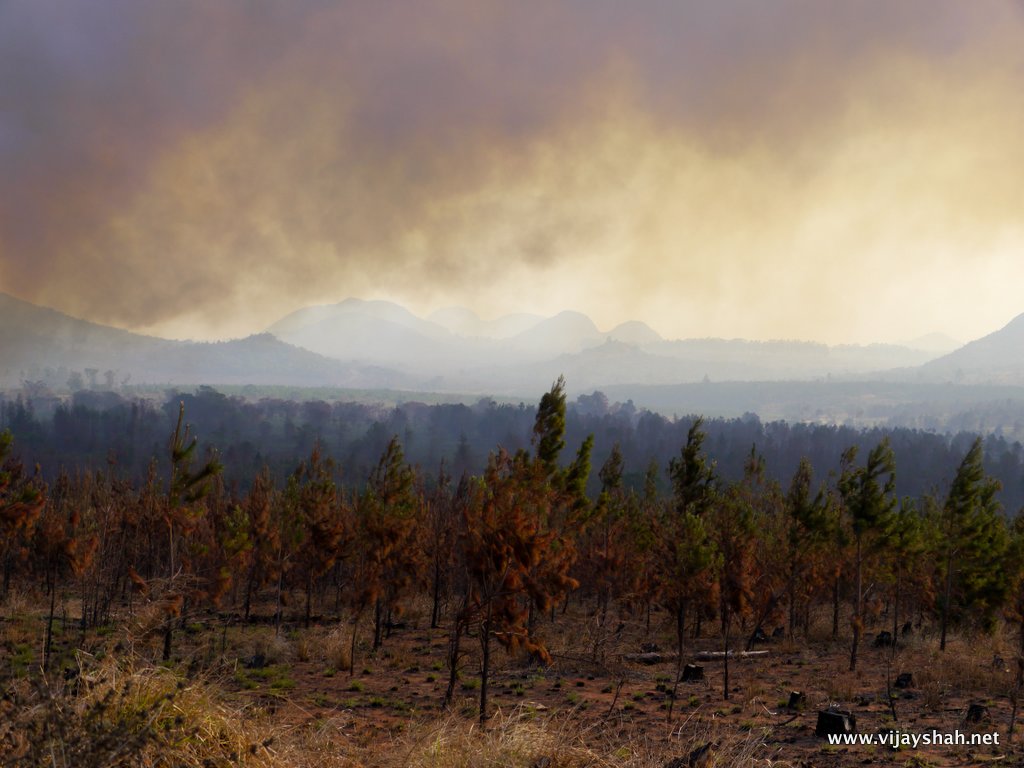
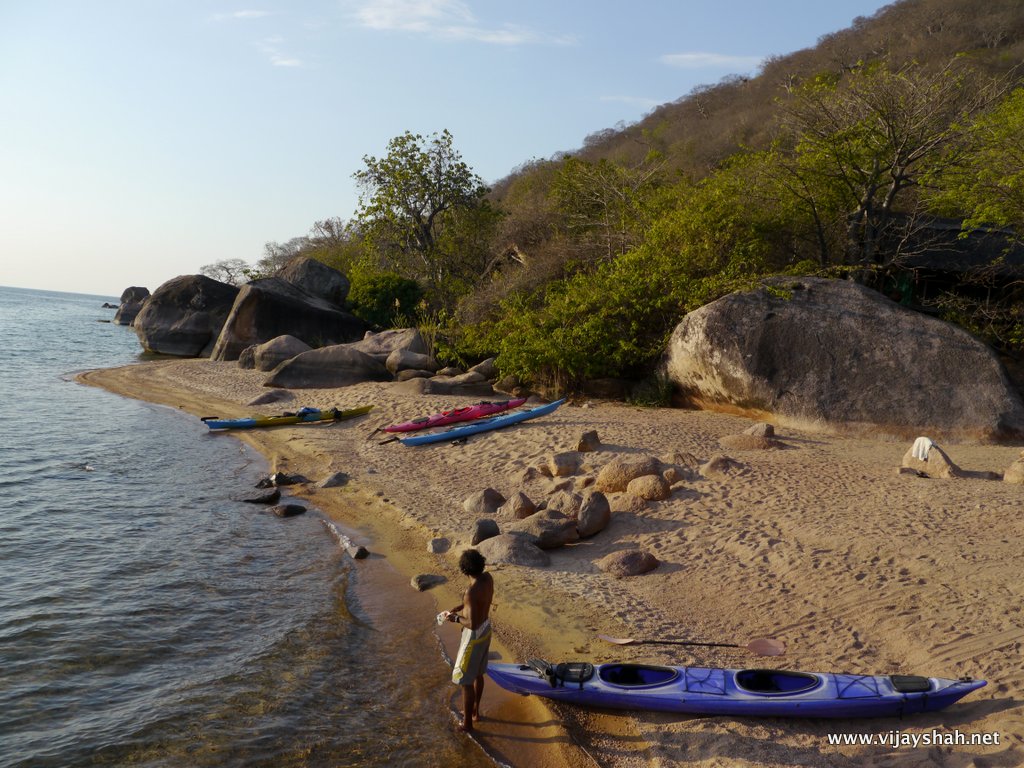
VIDEOS



